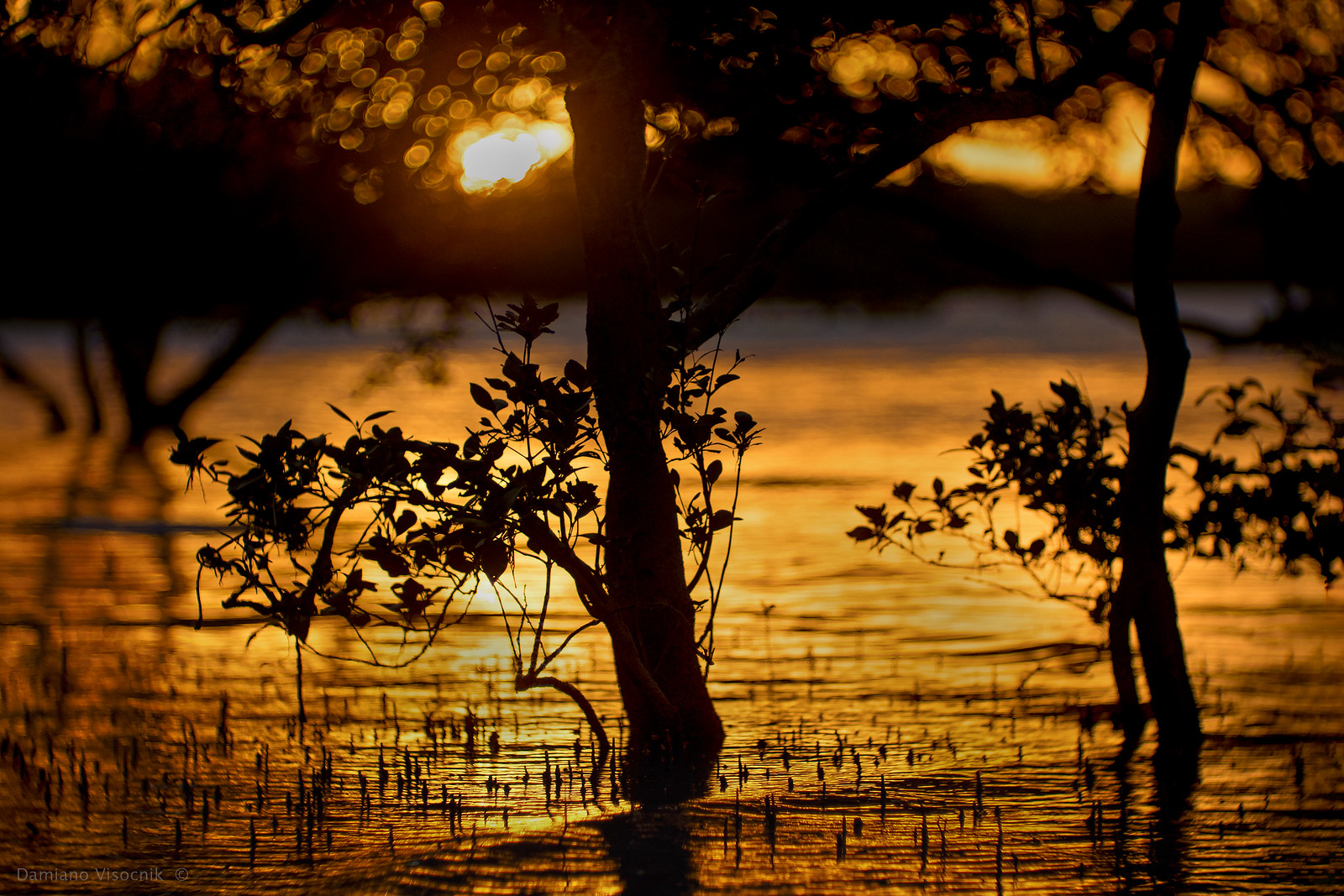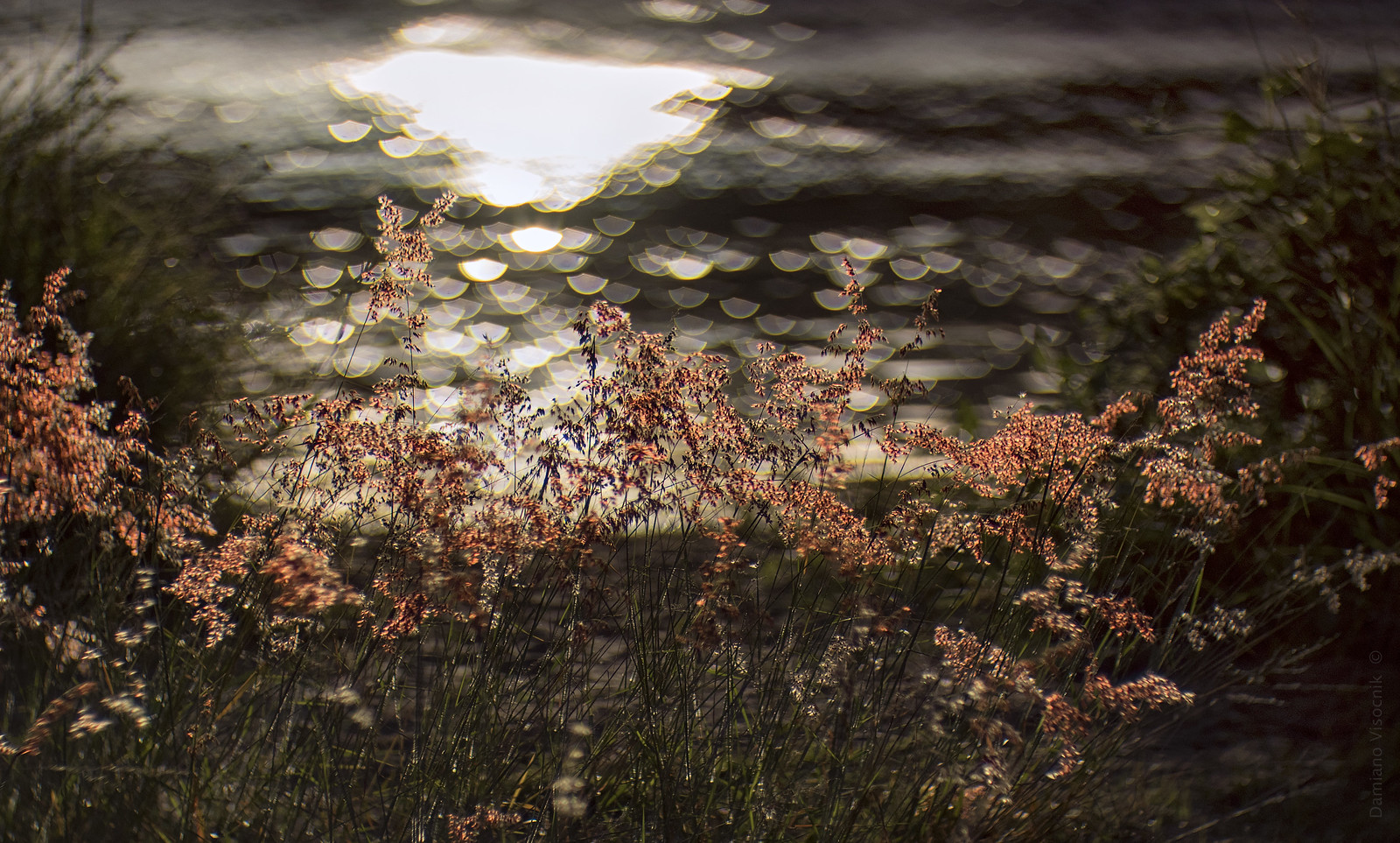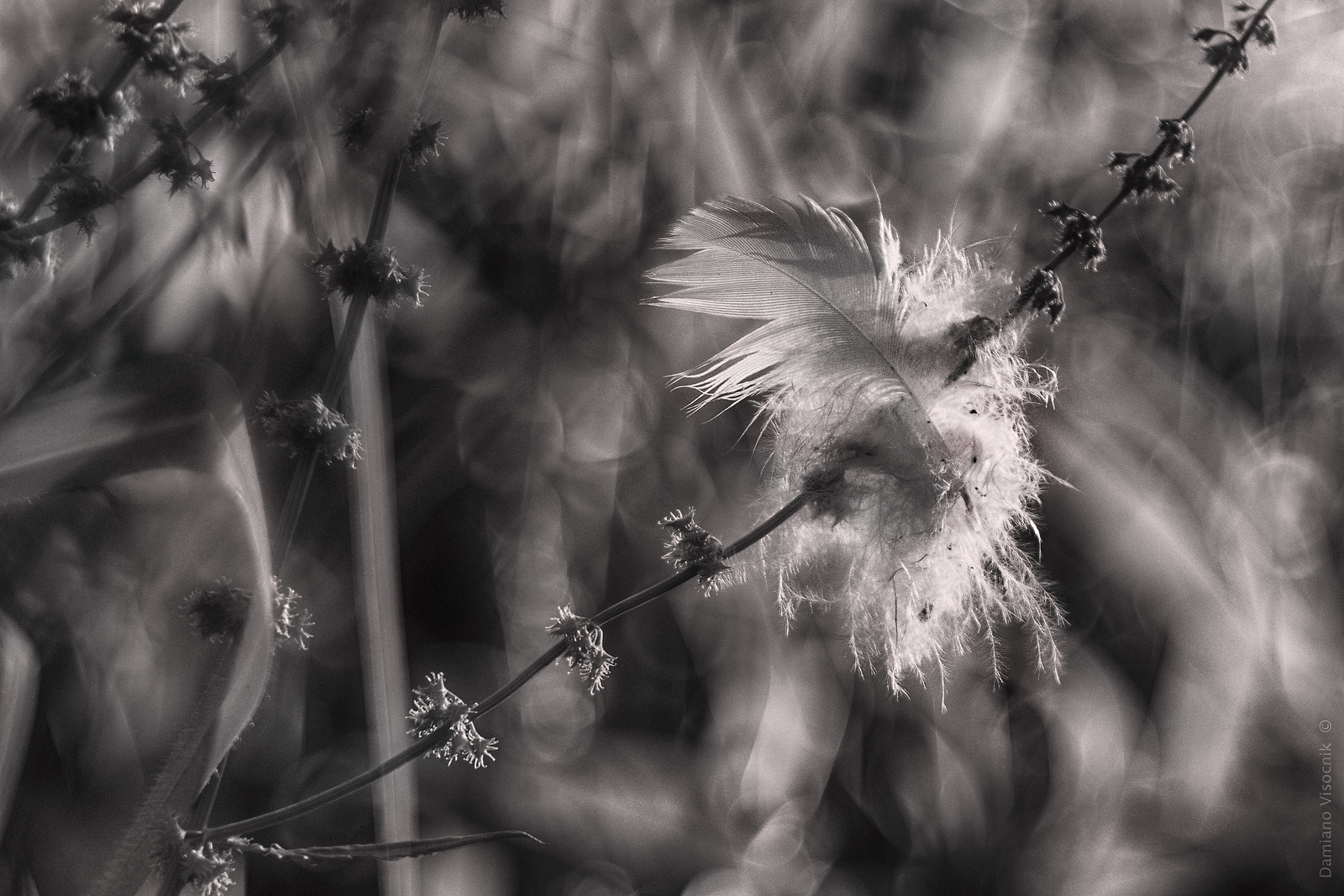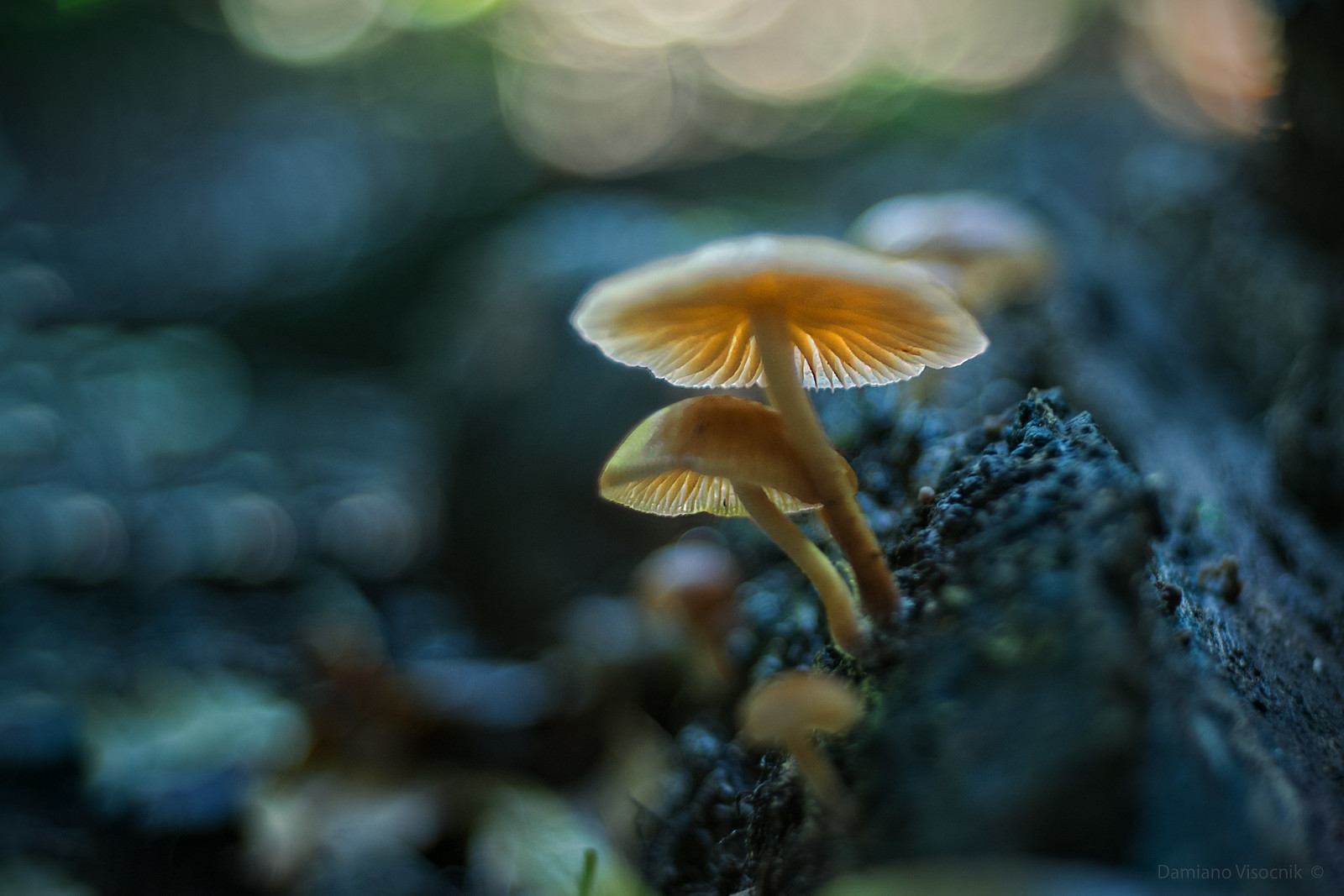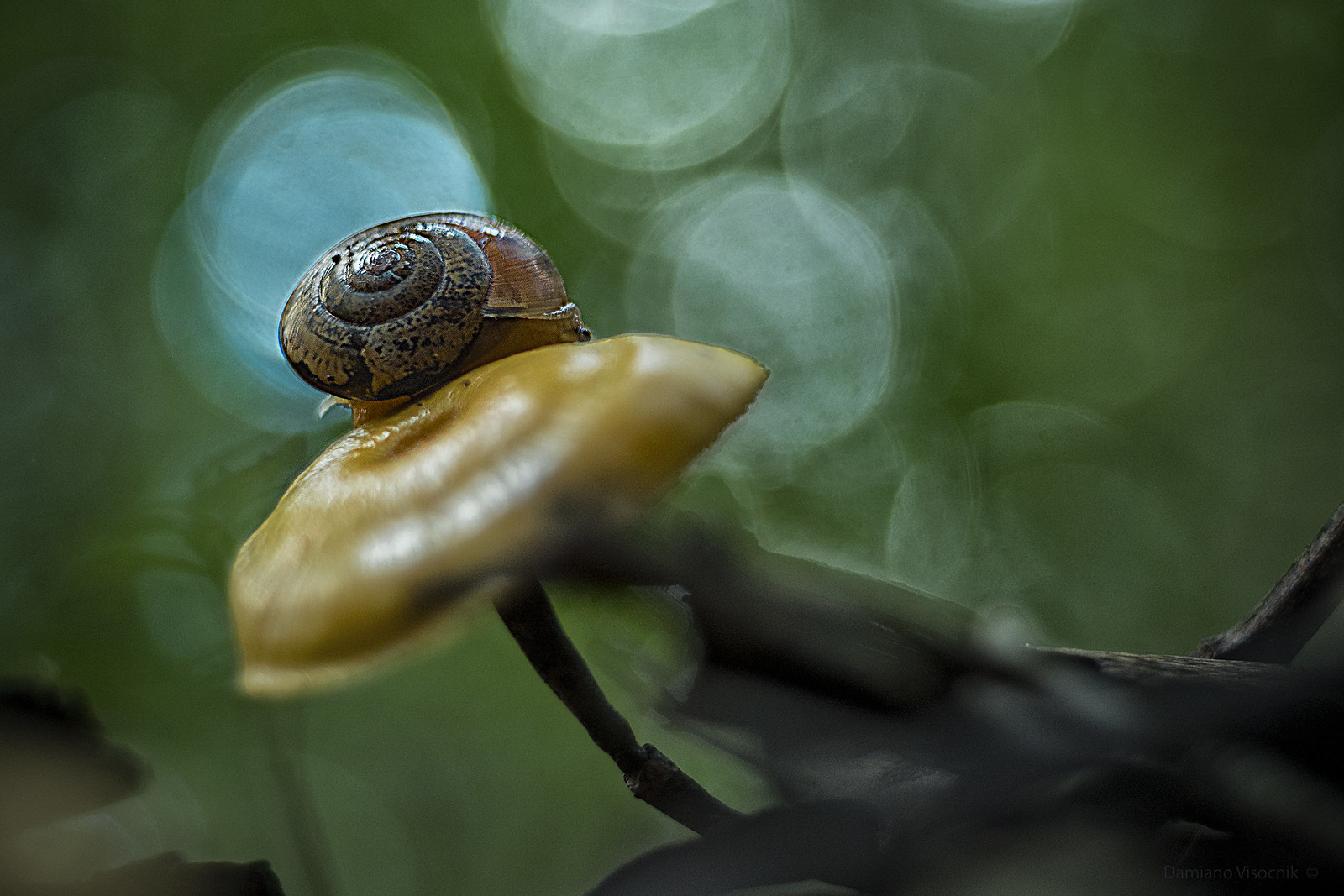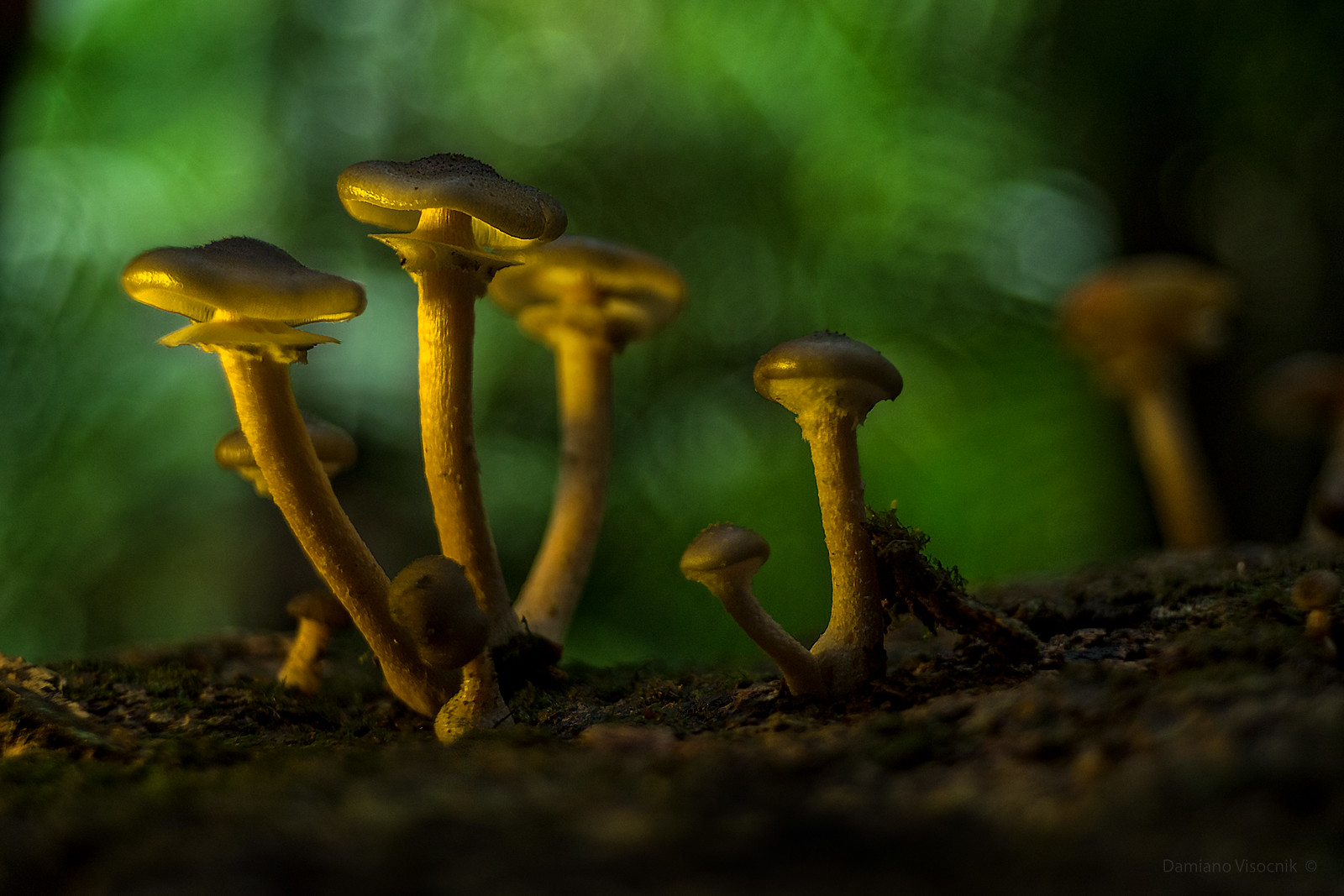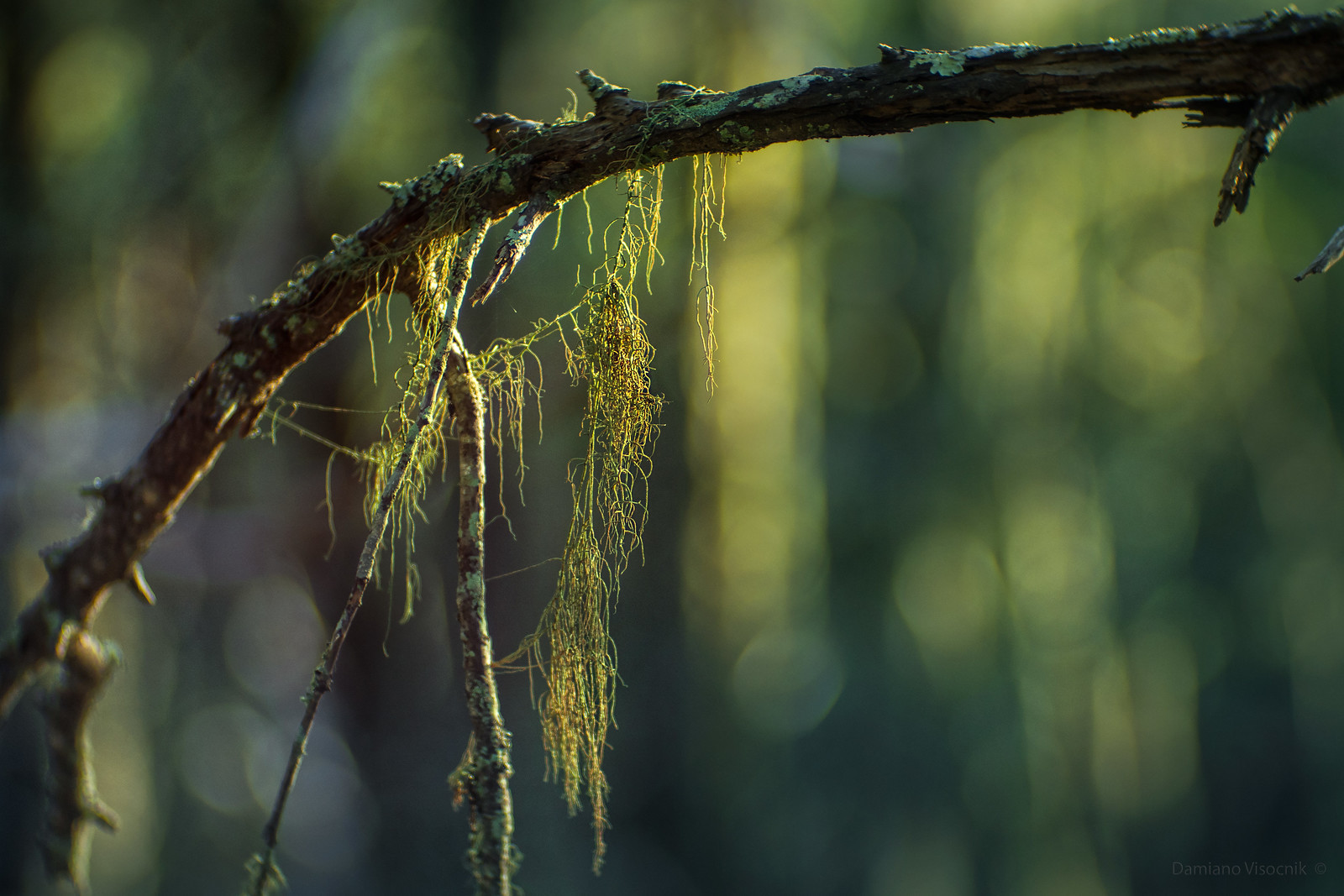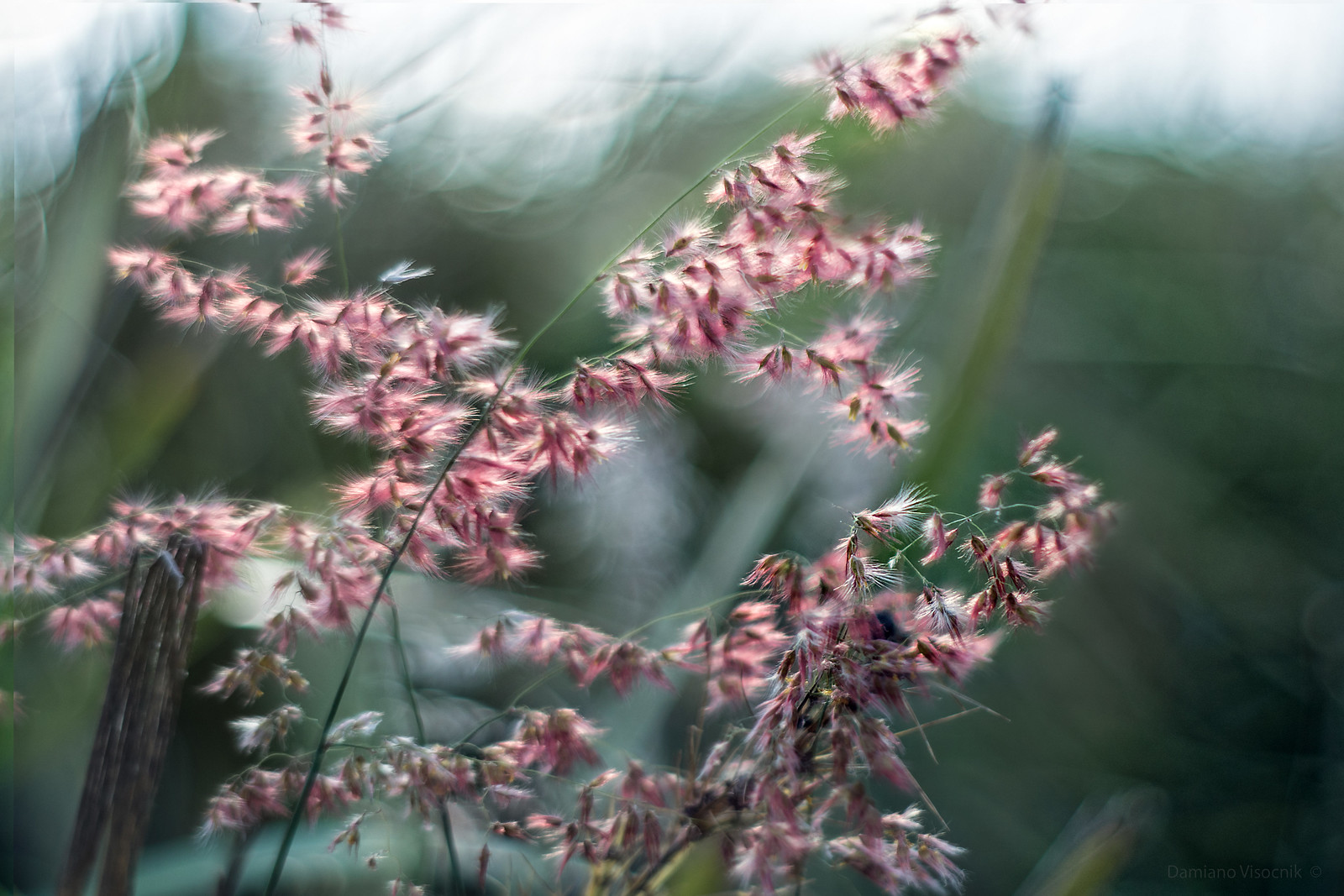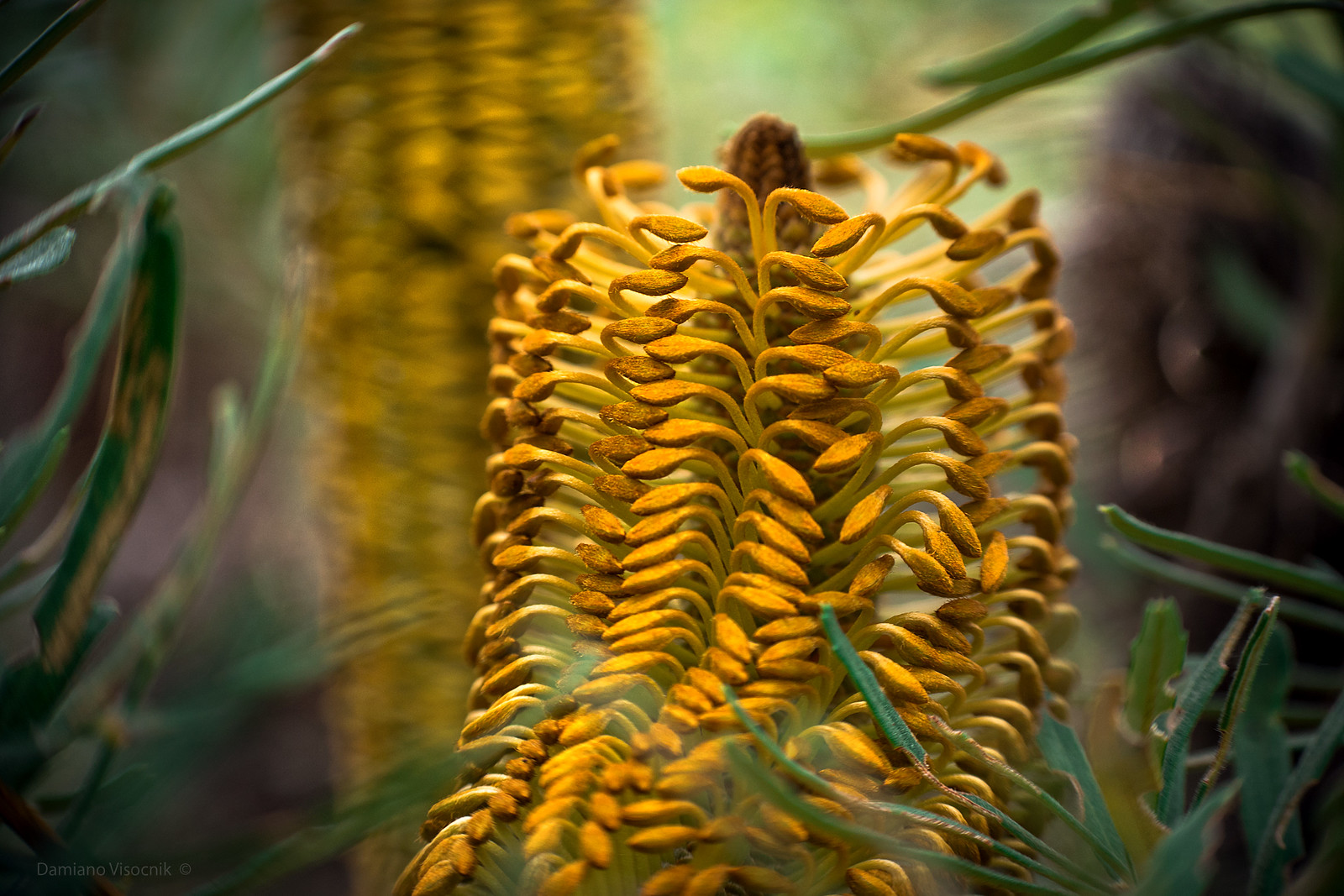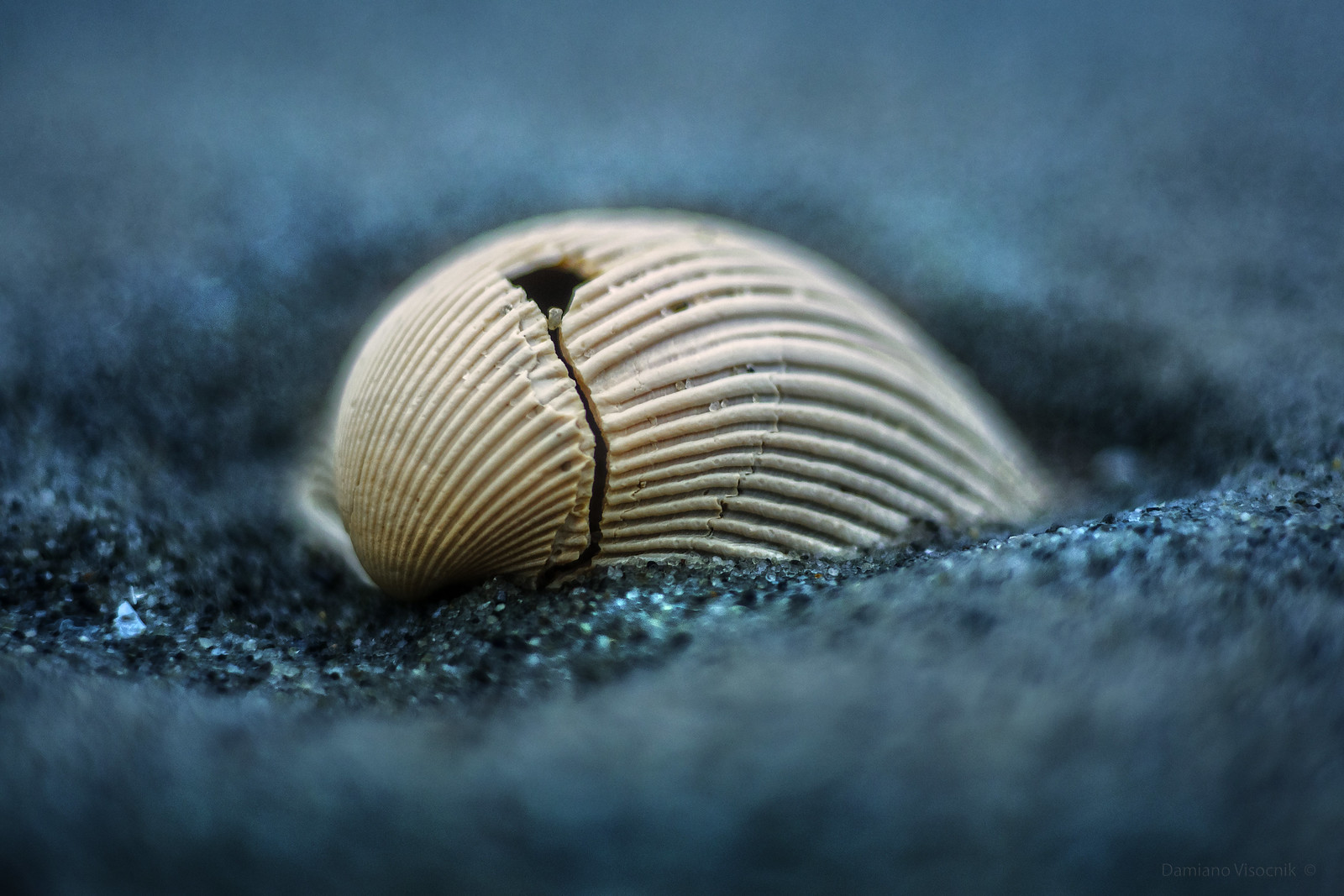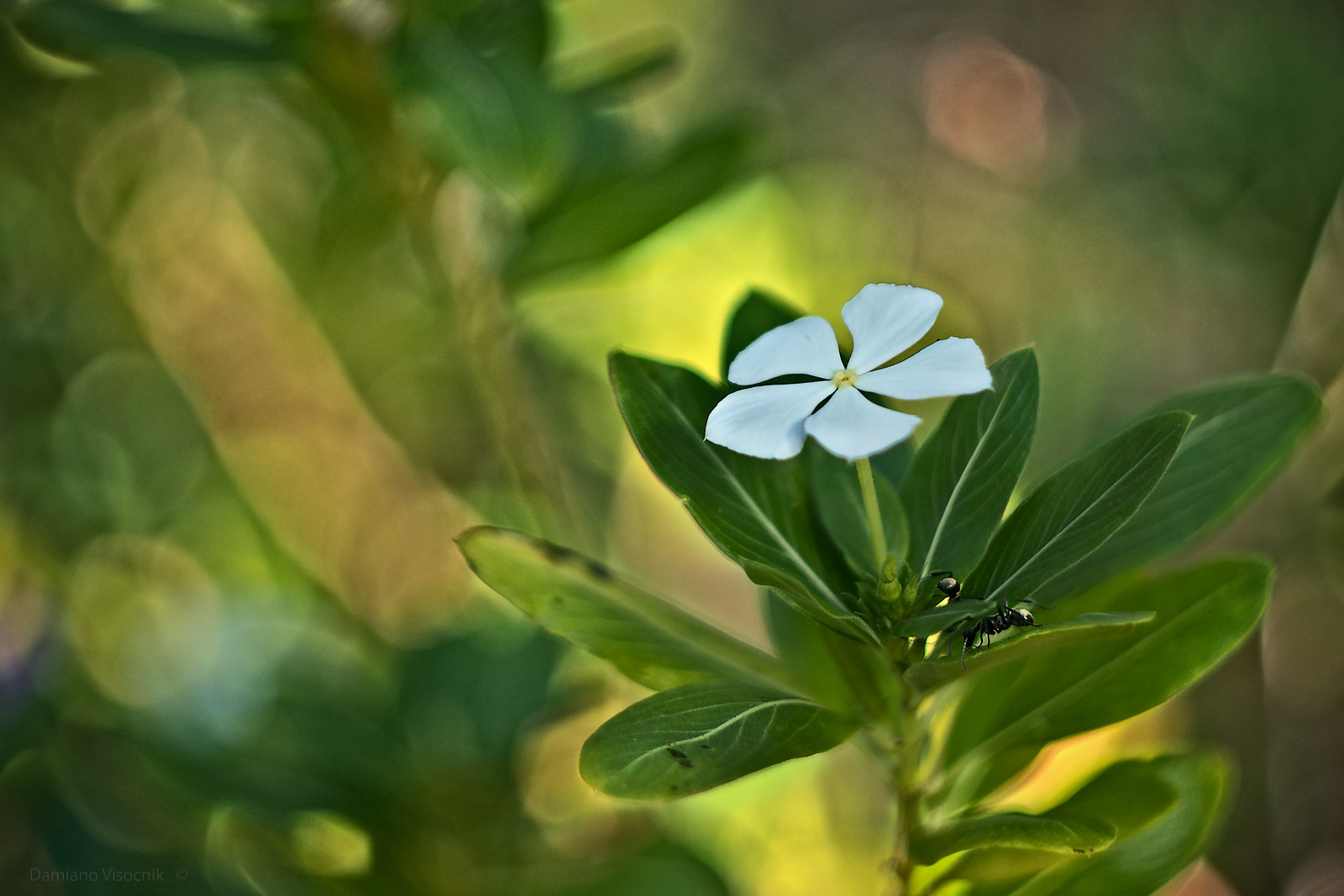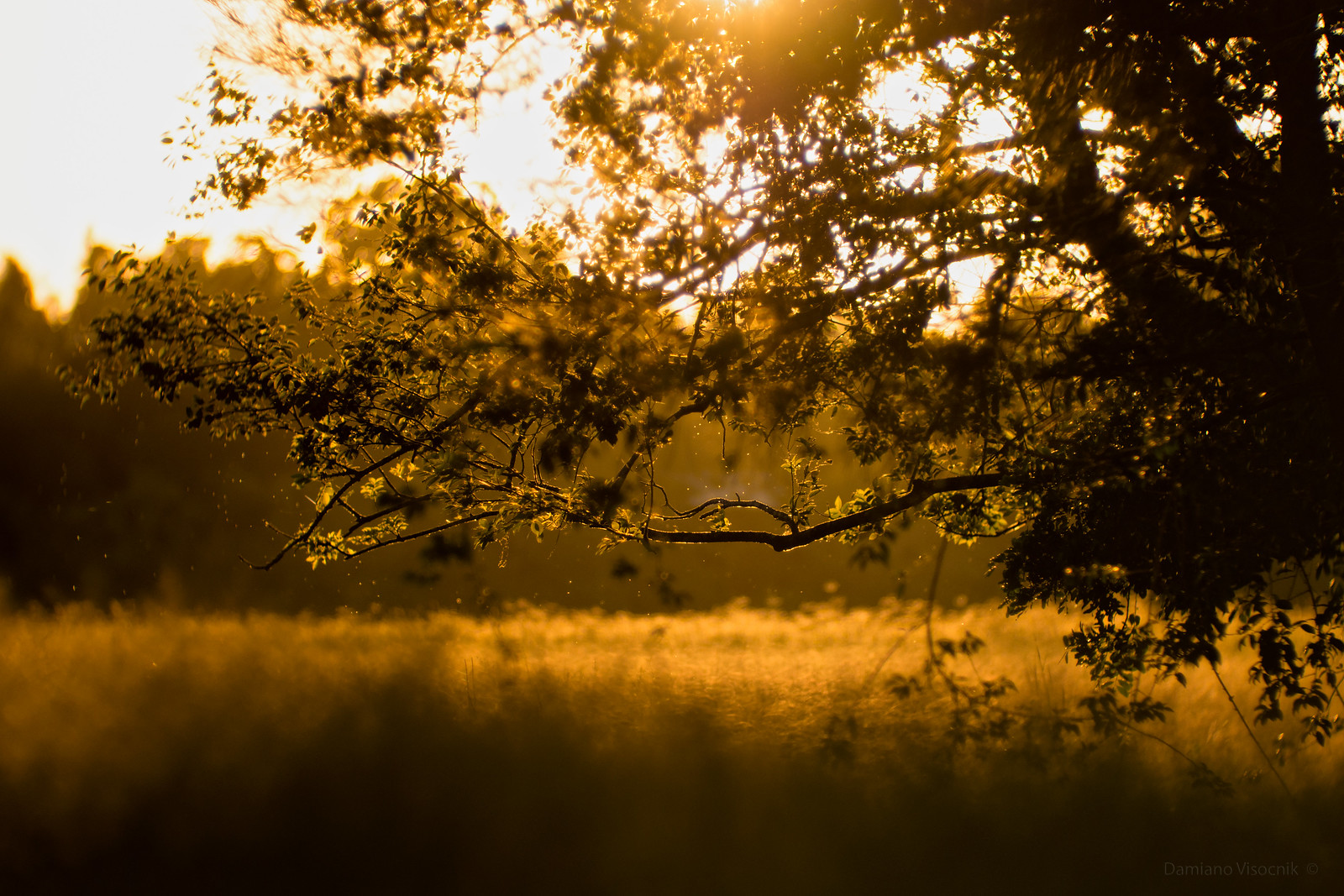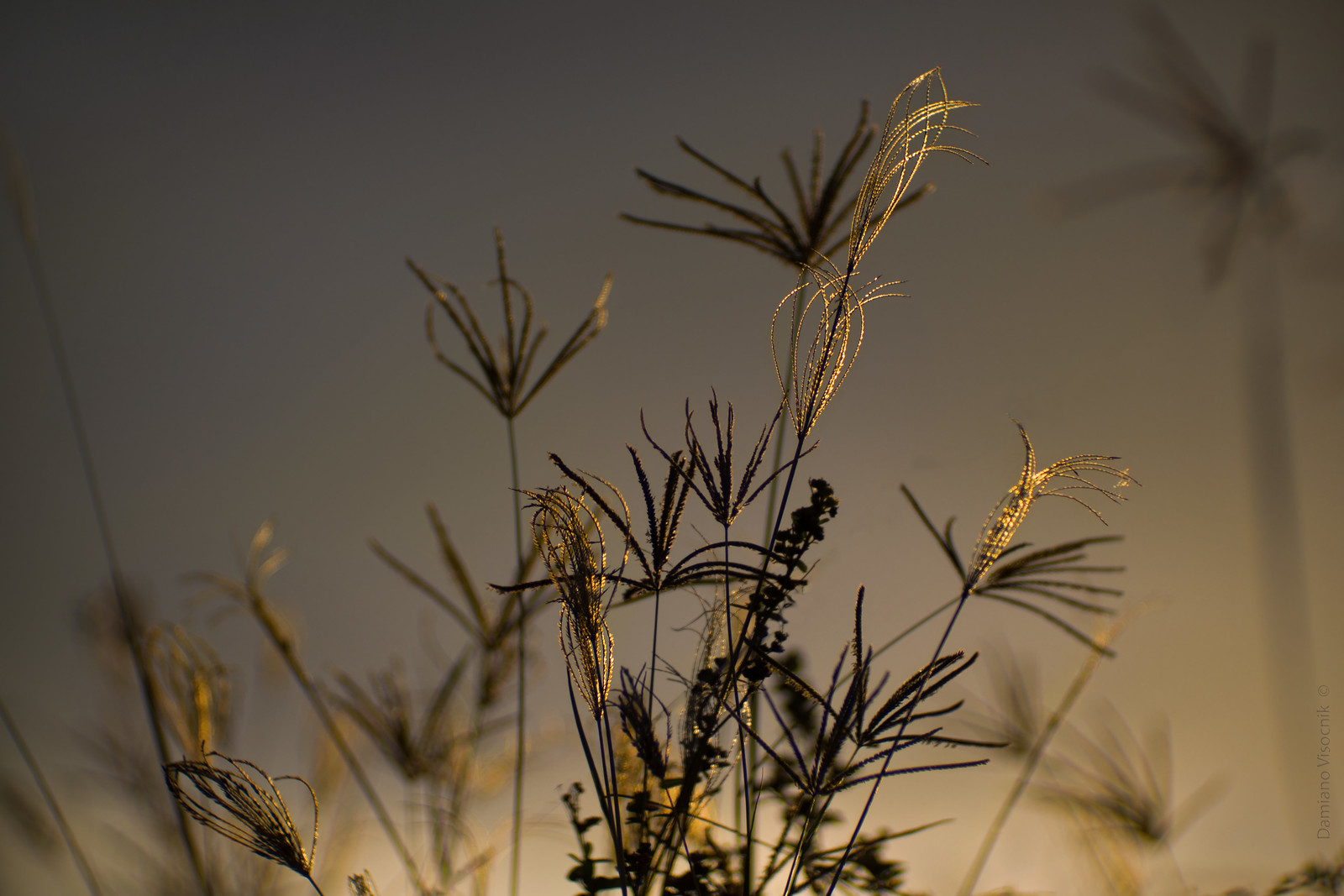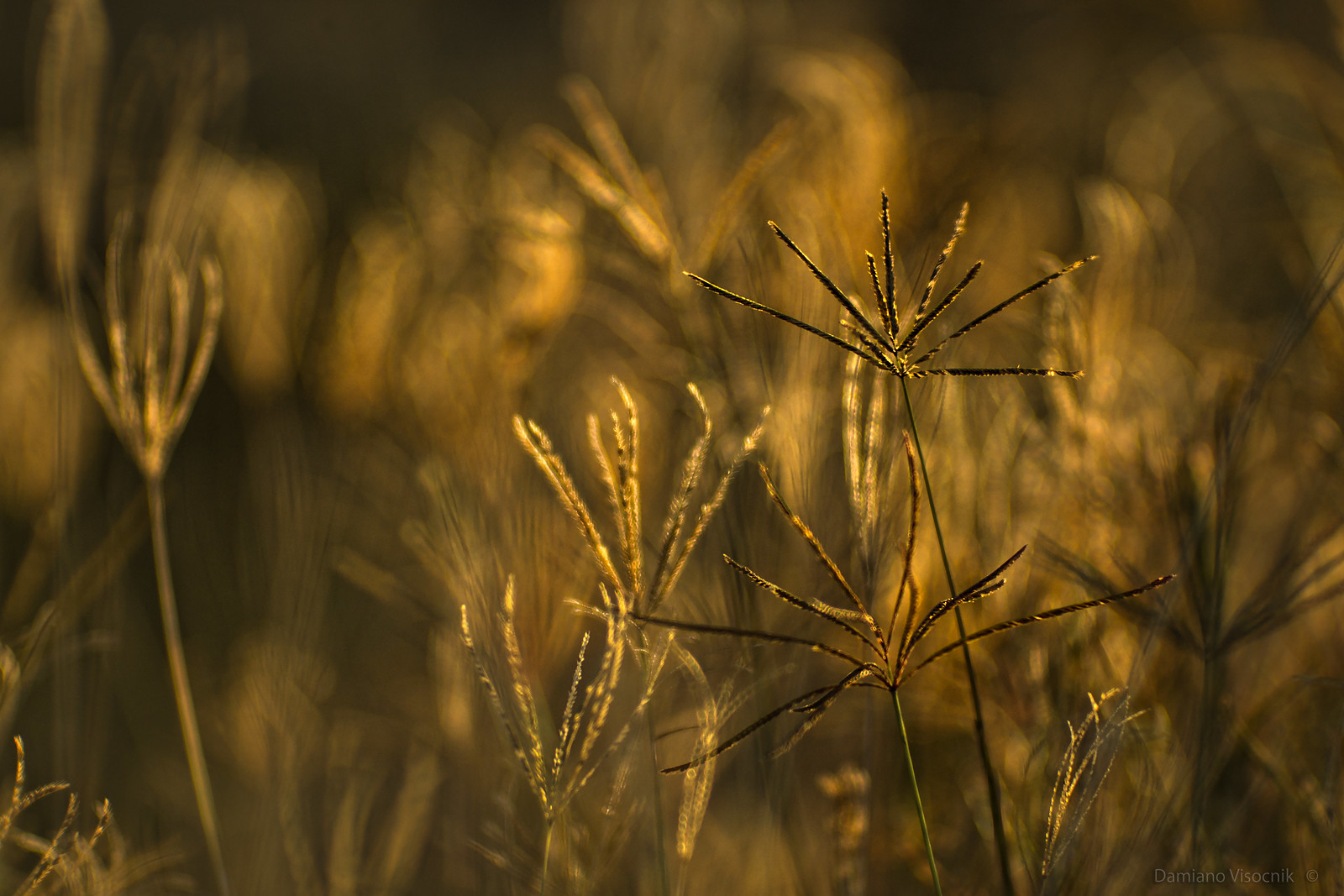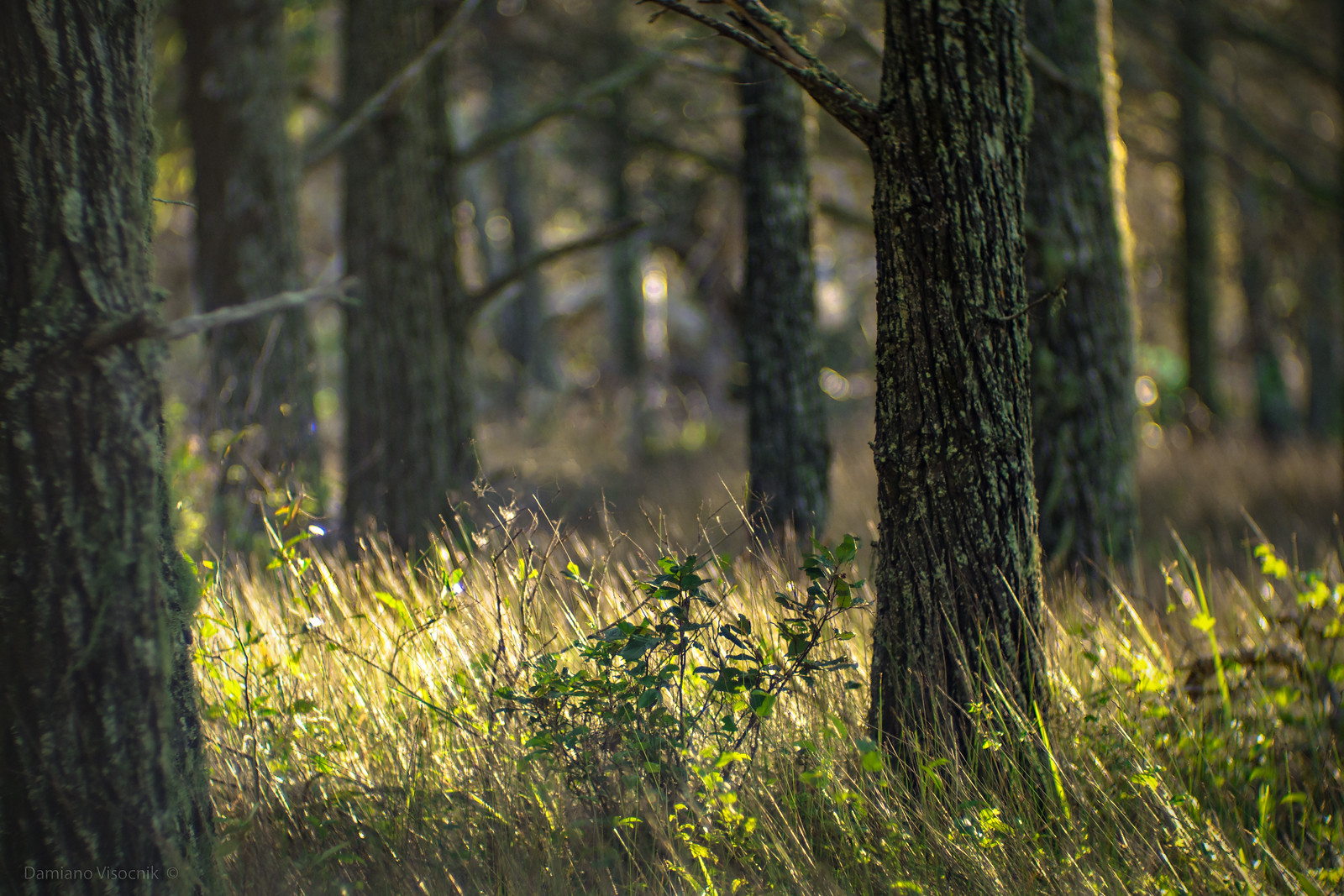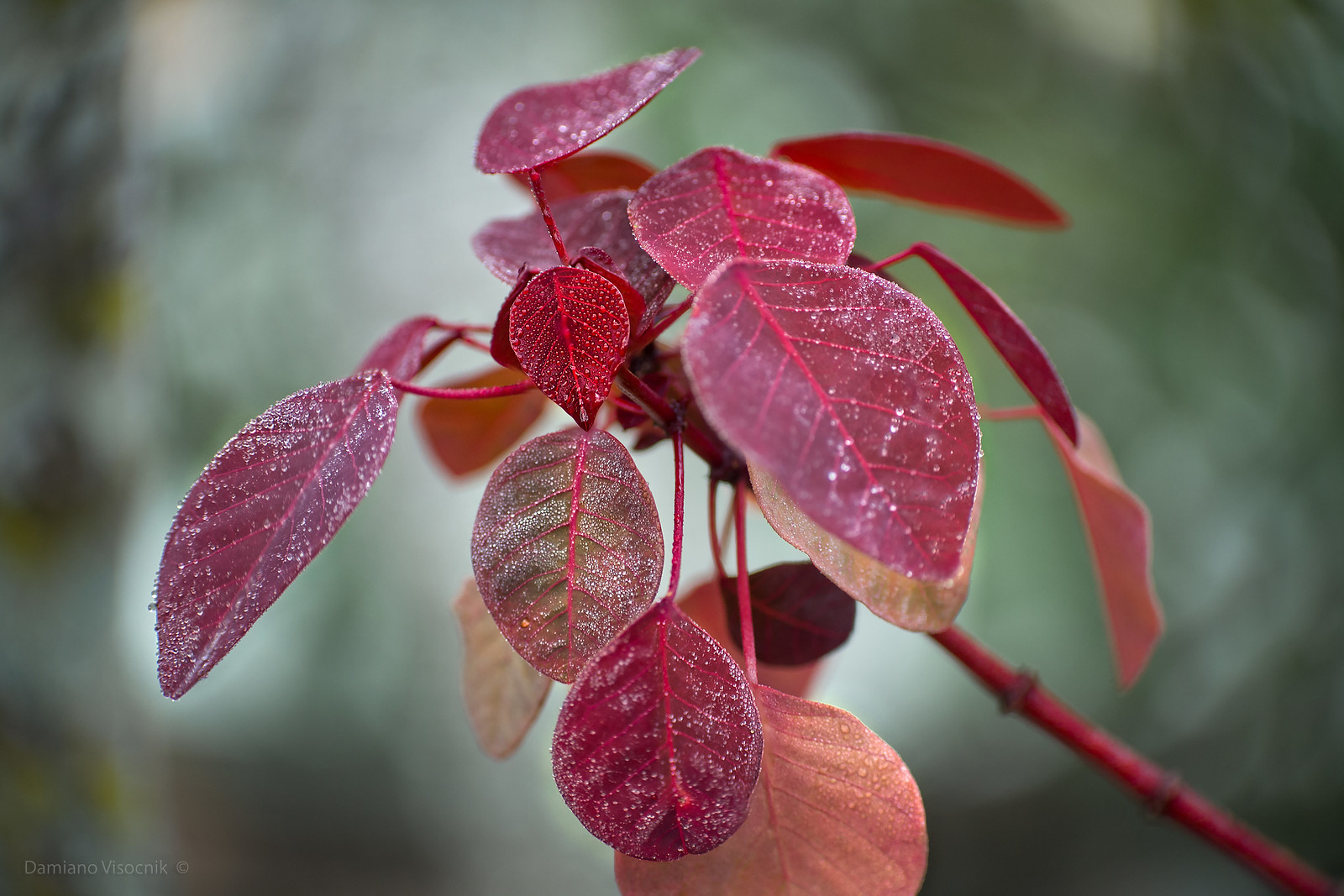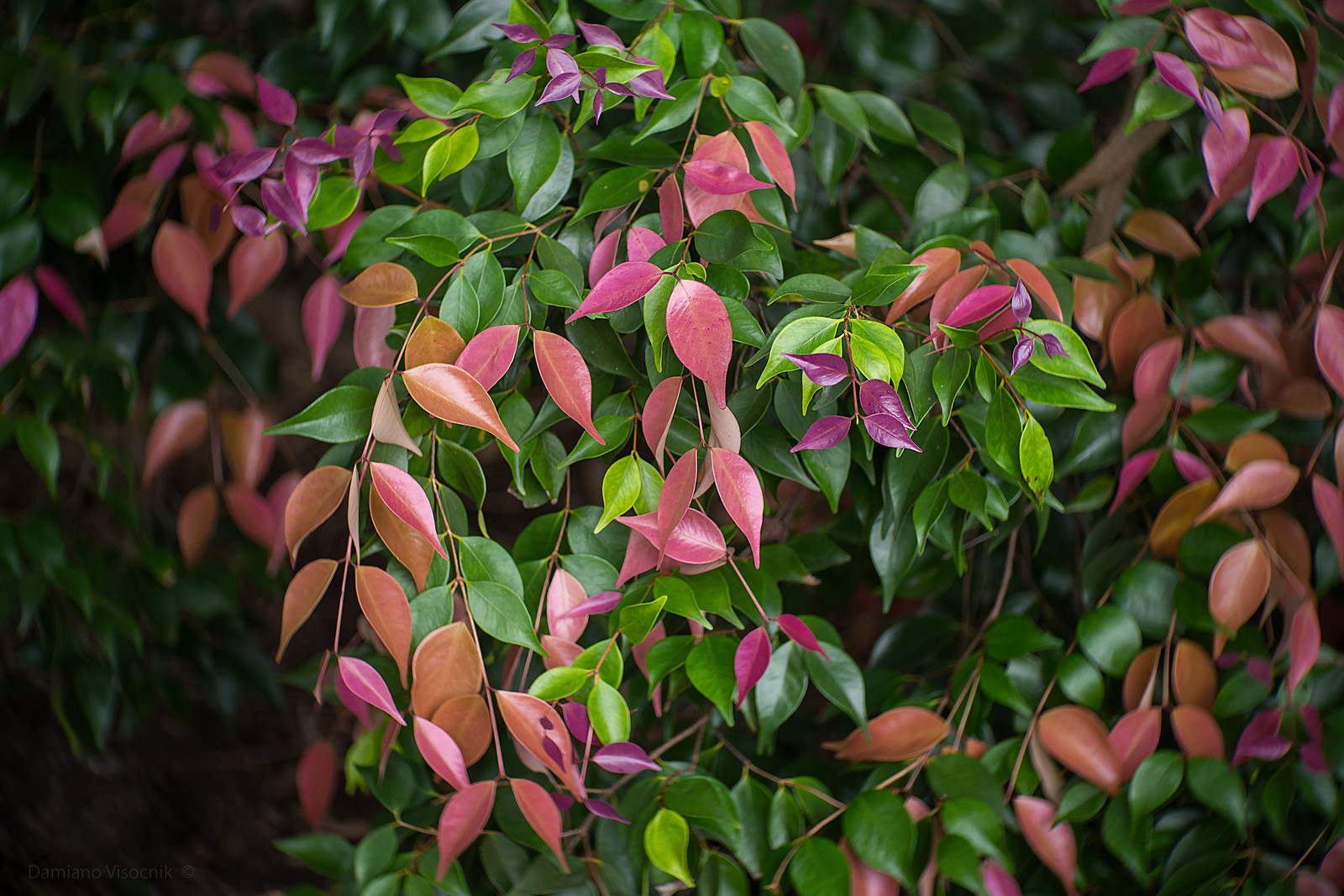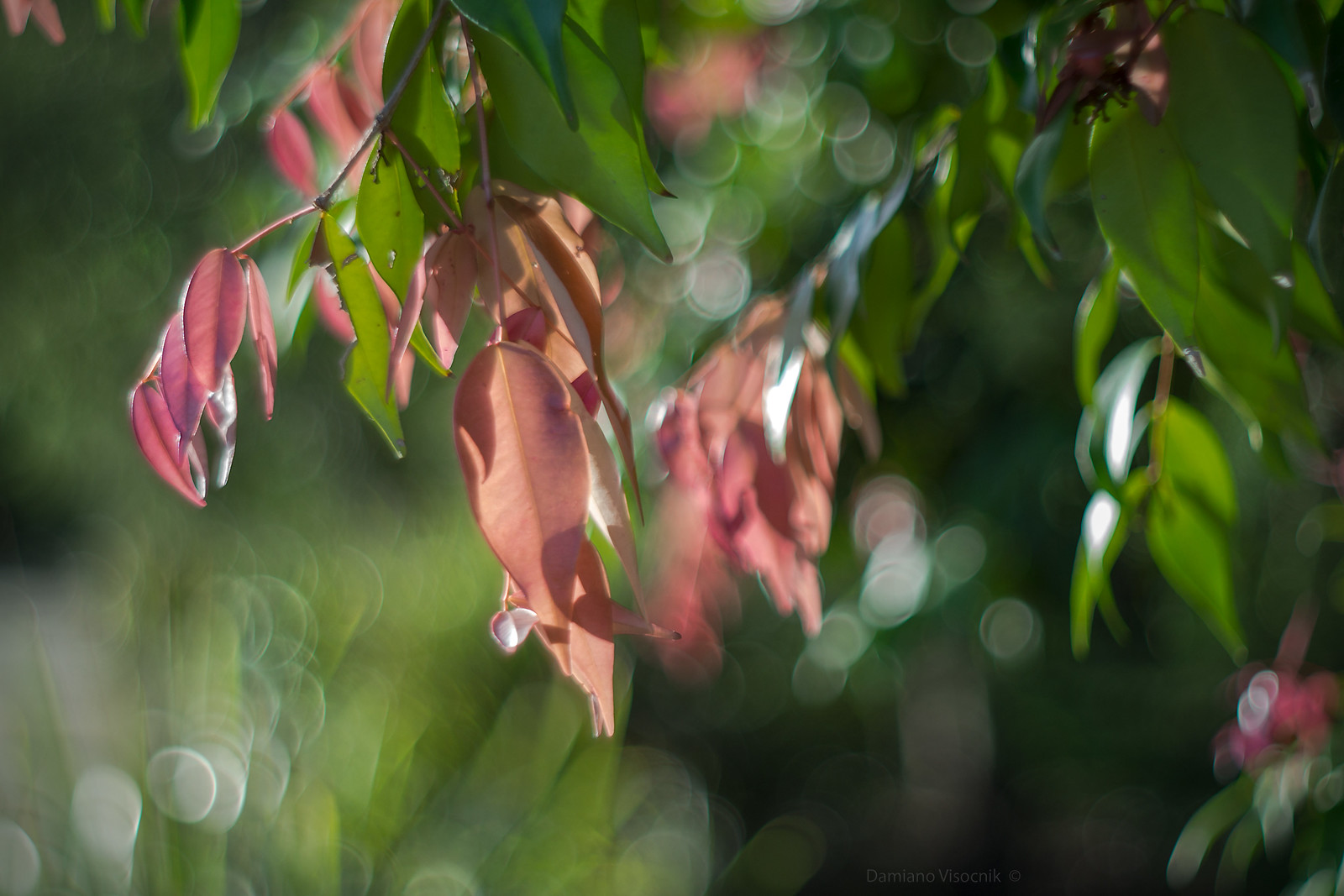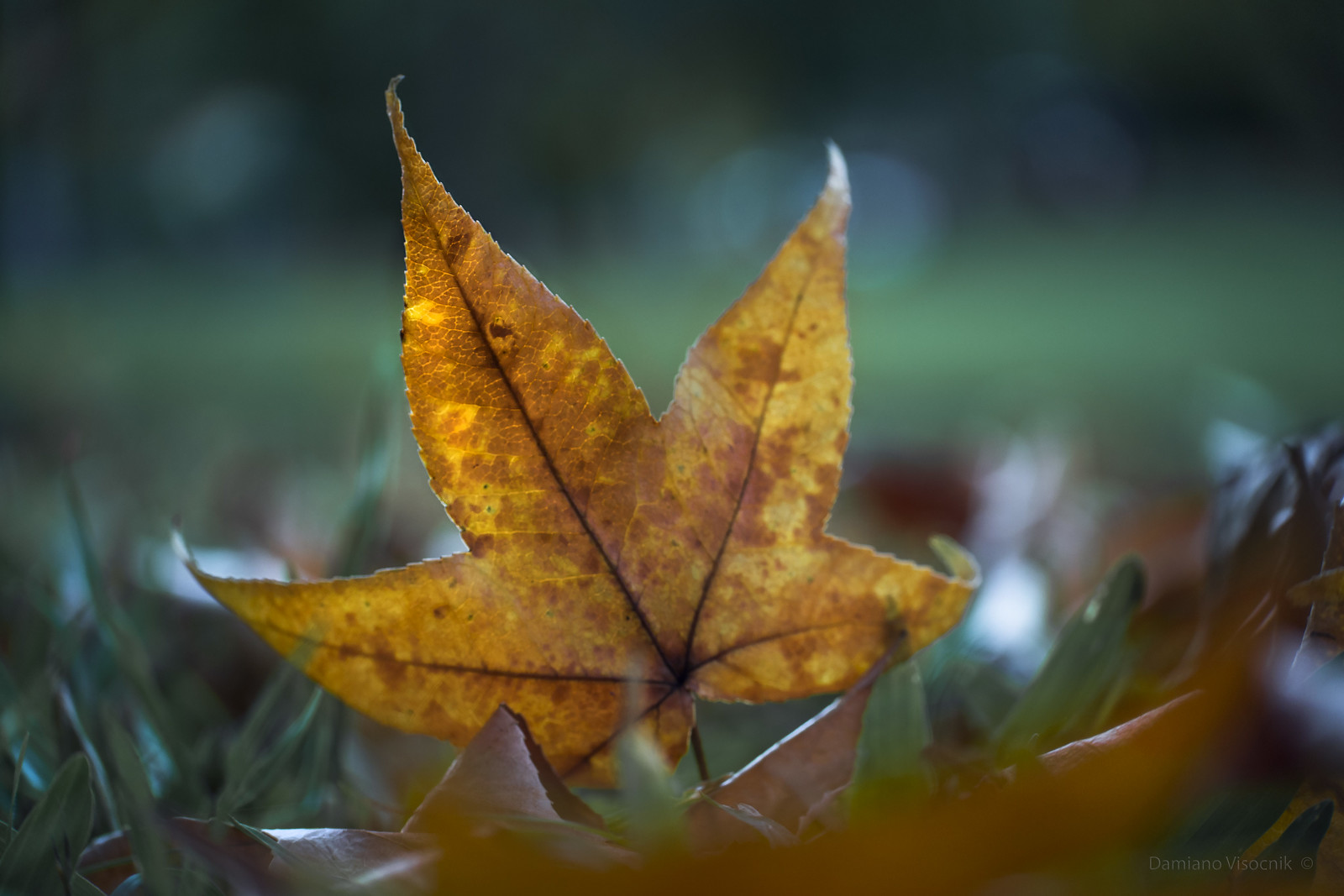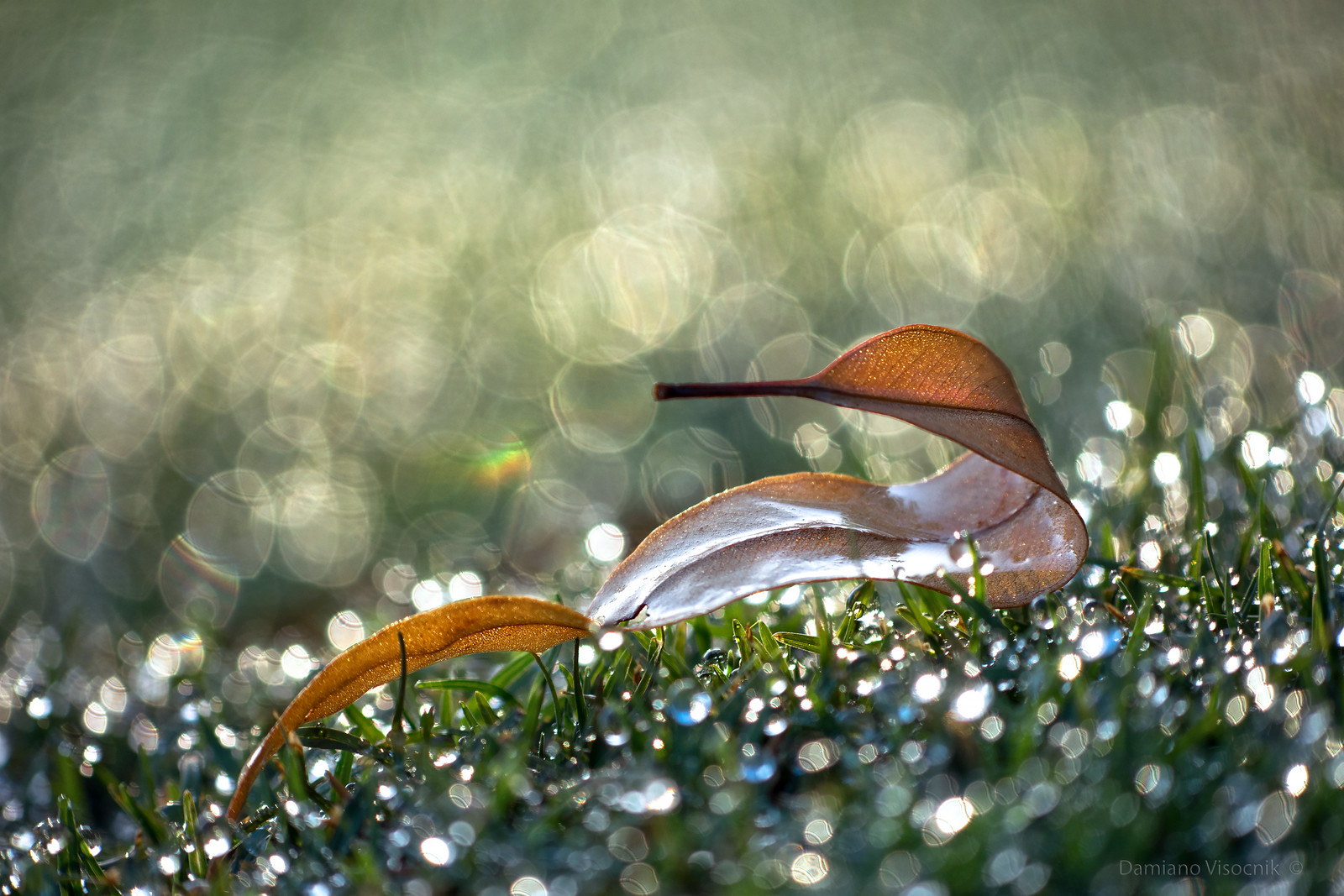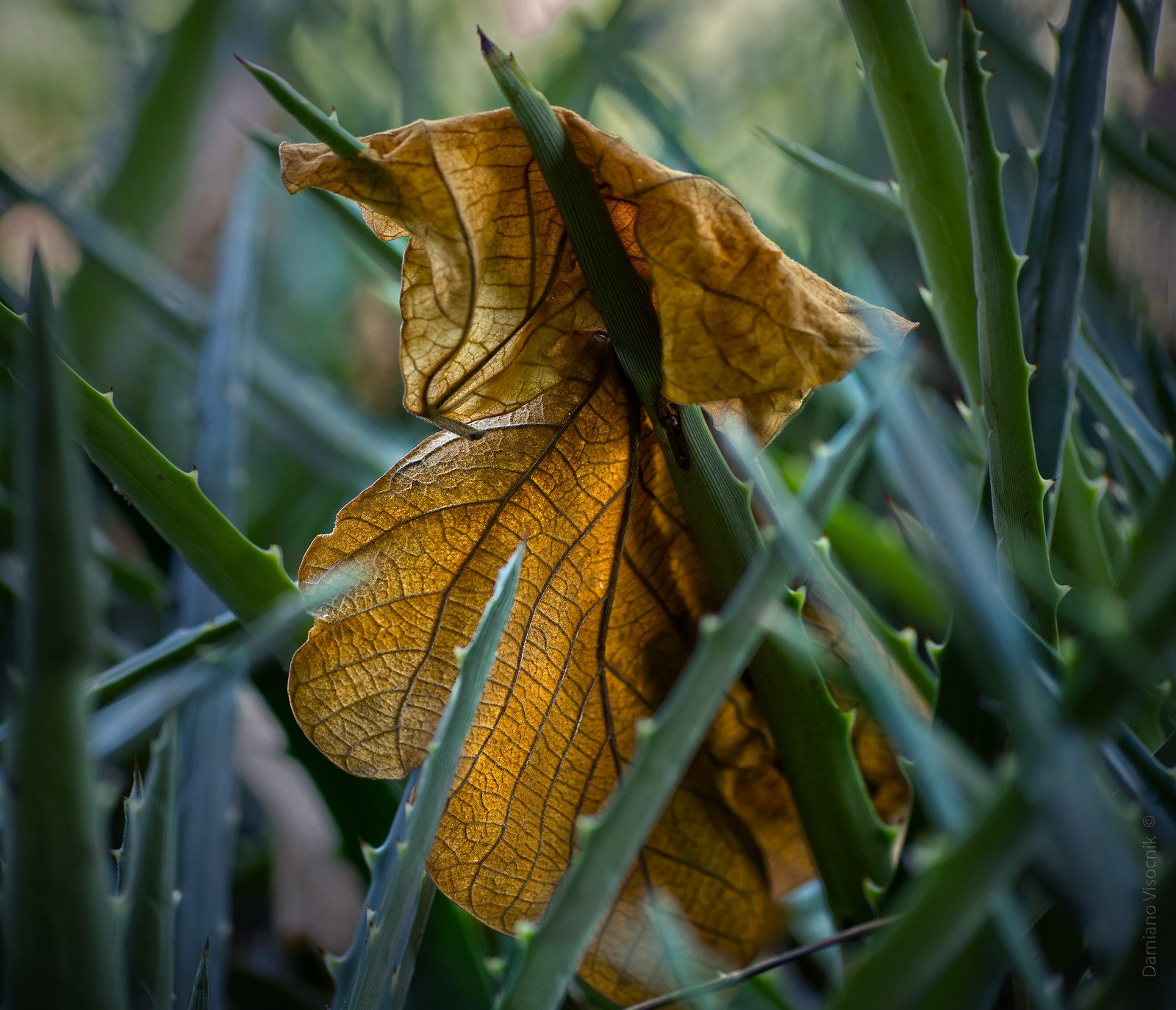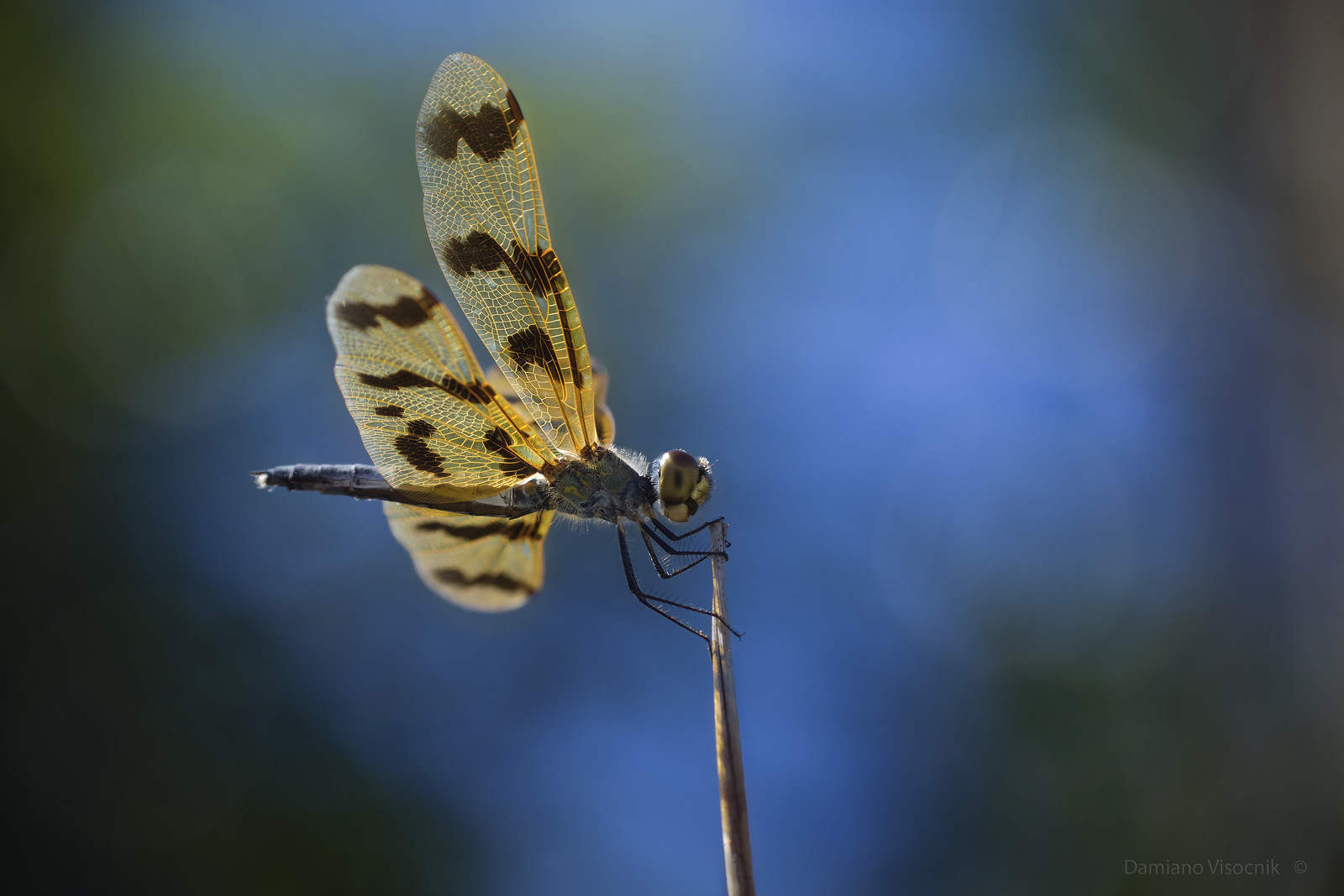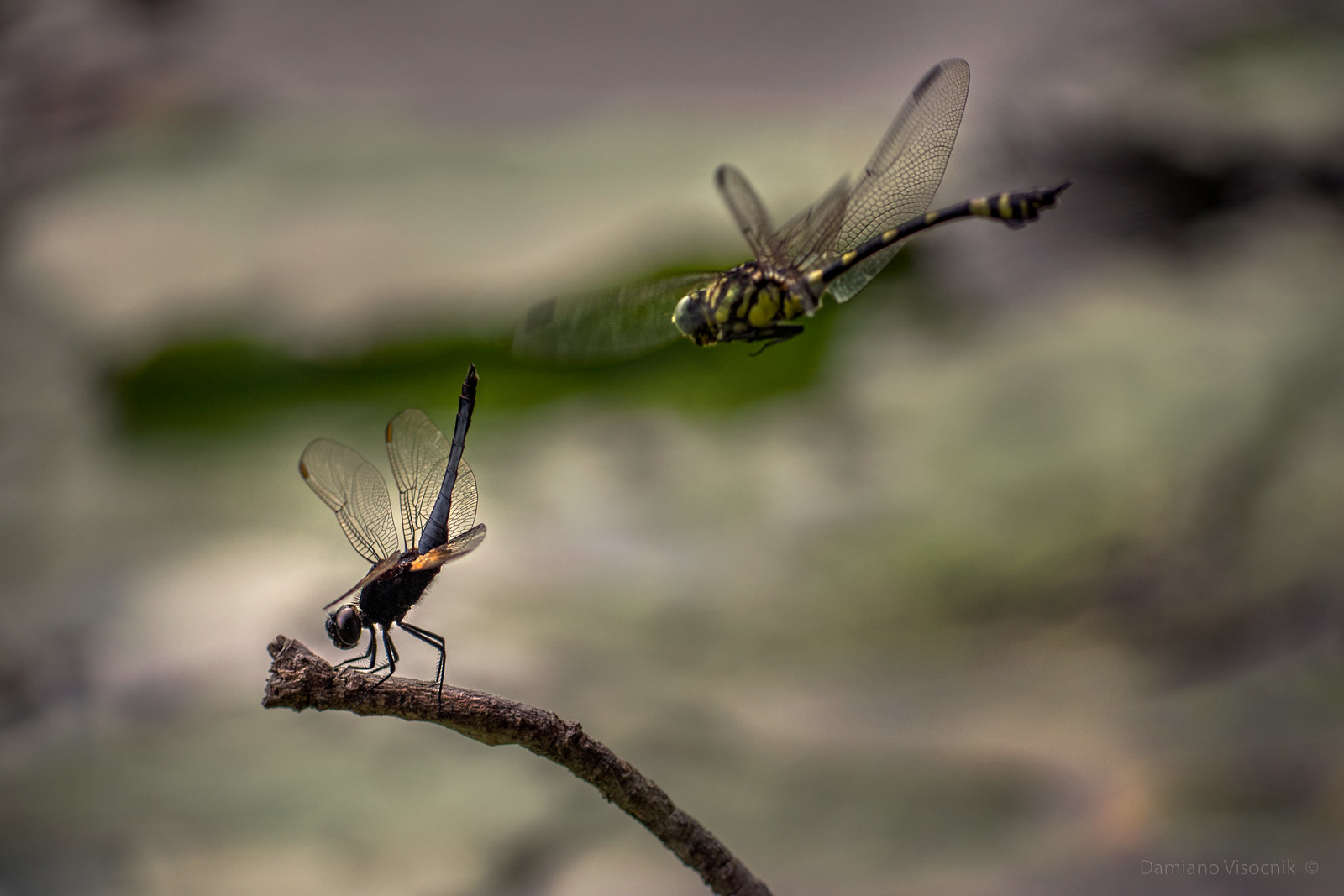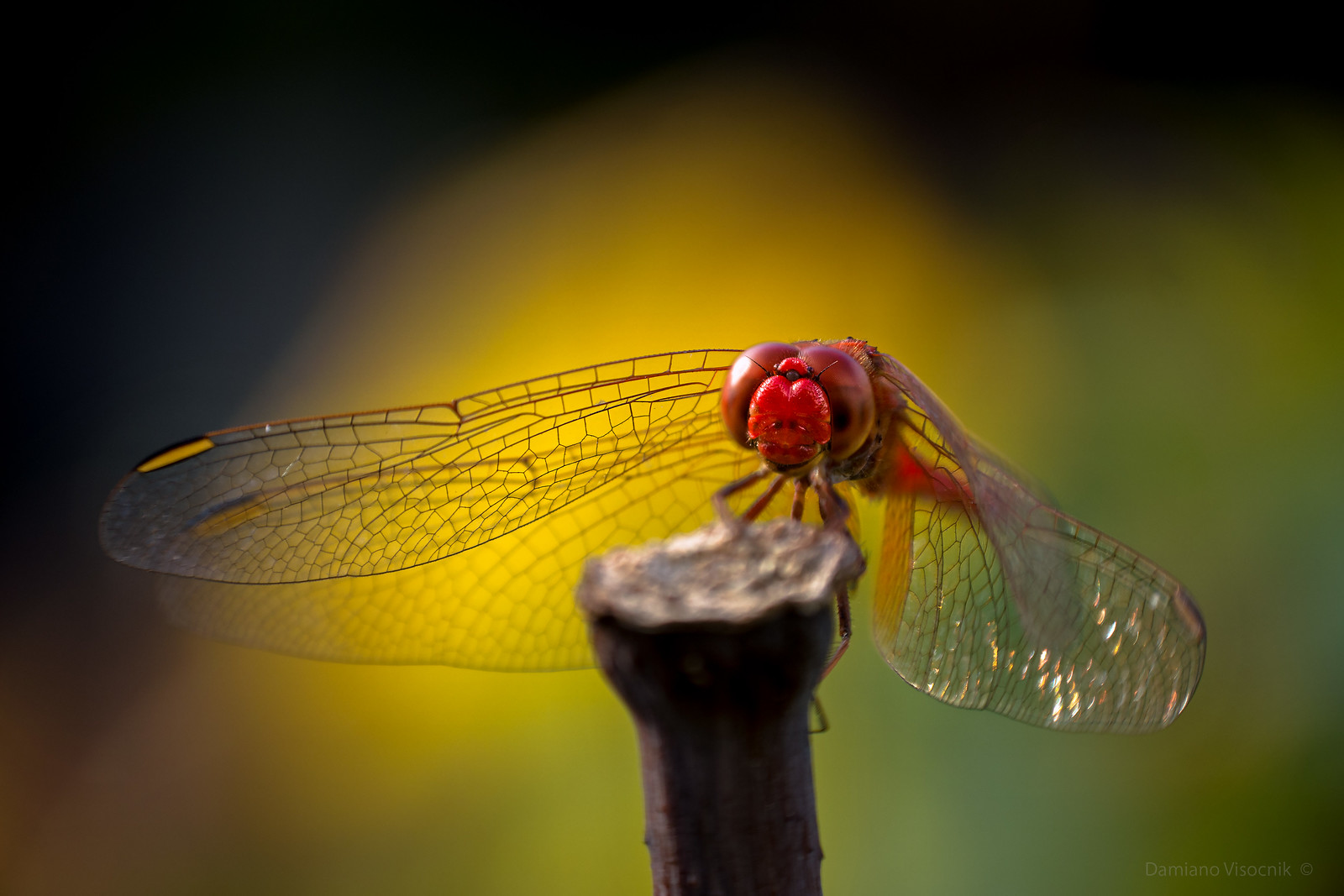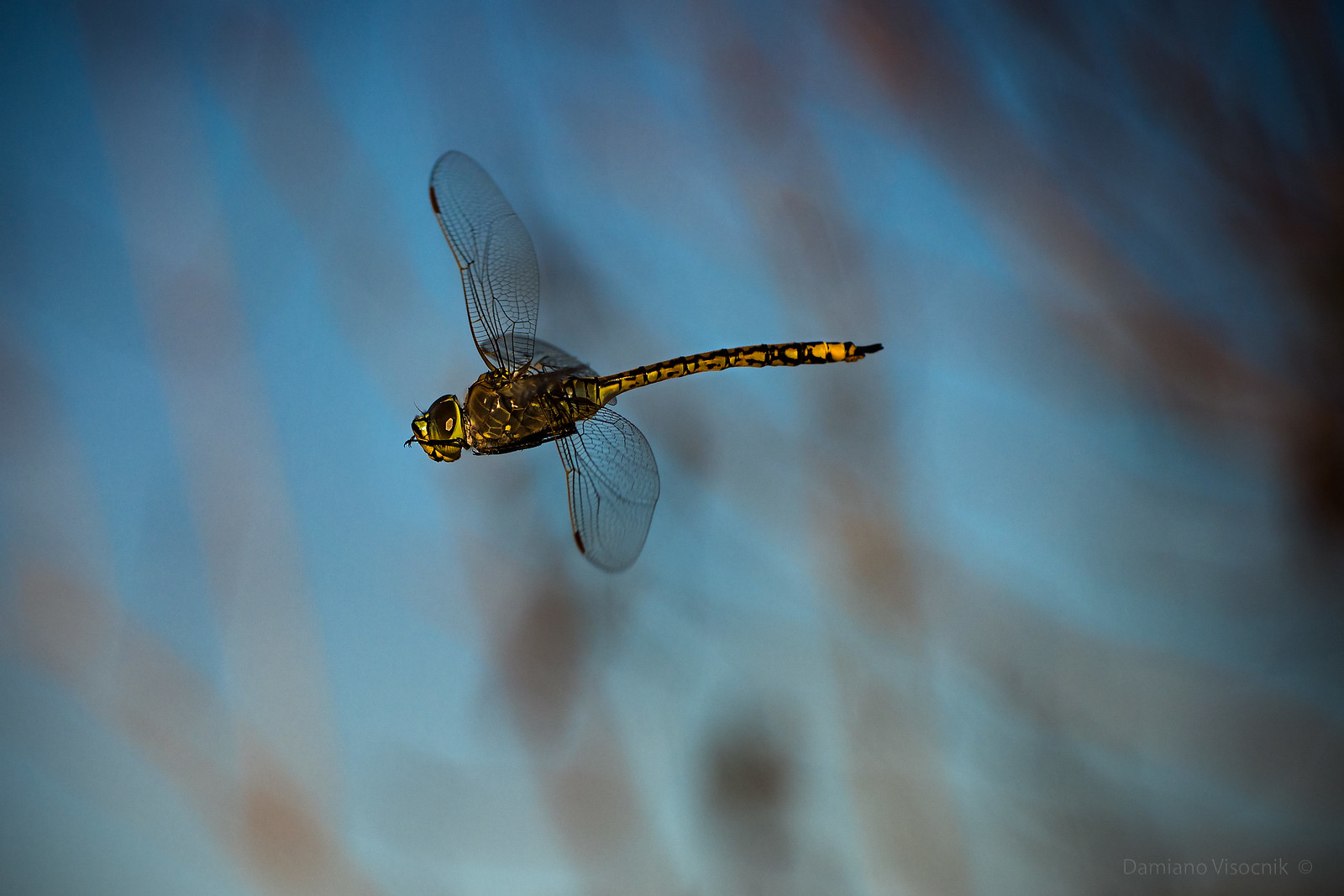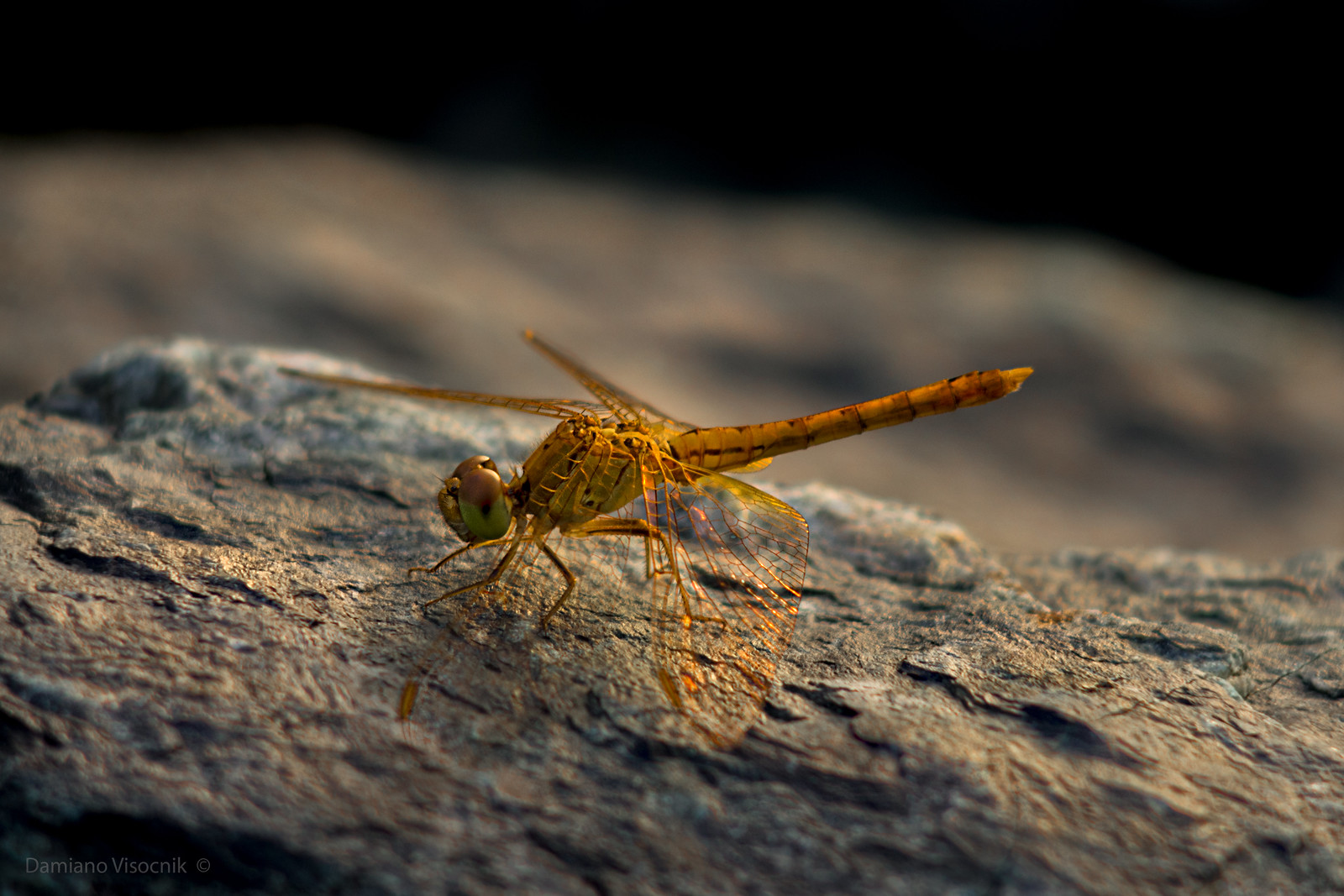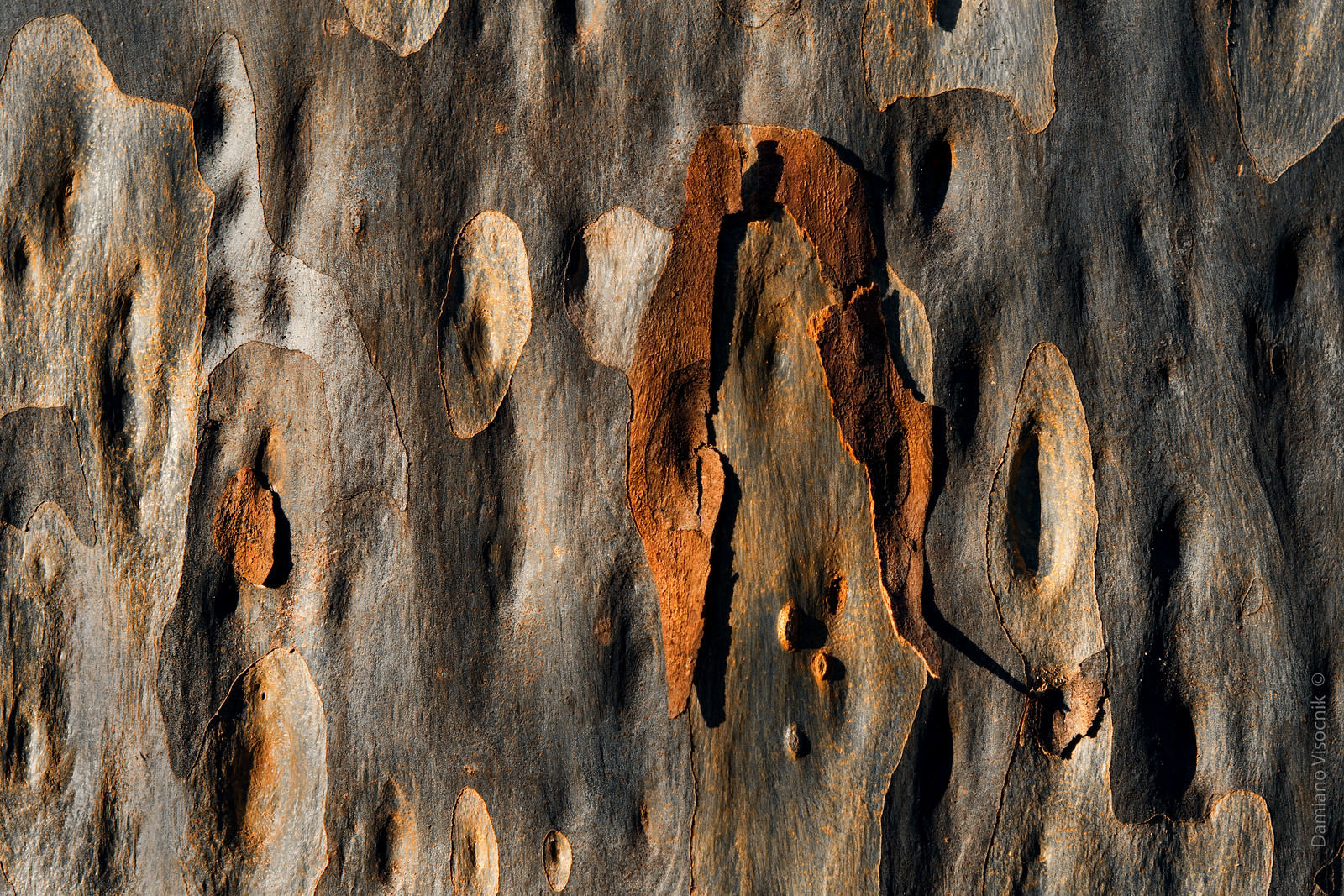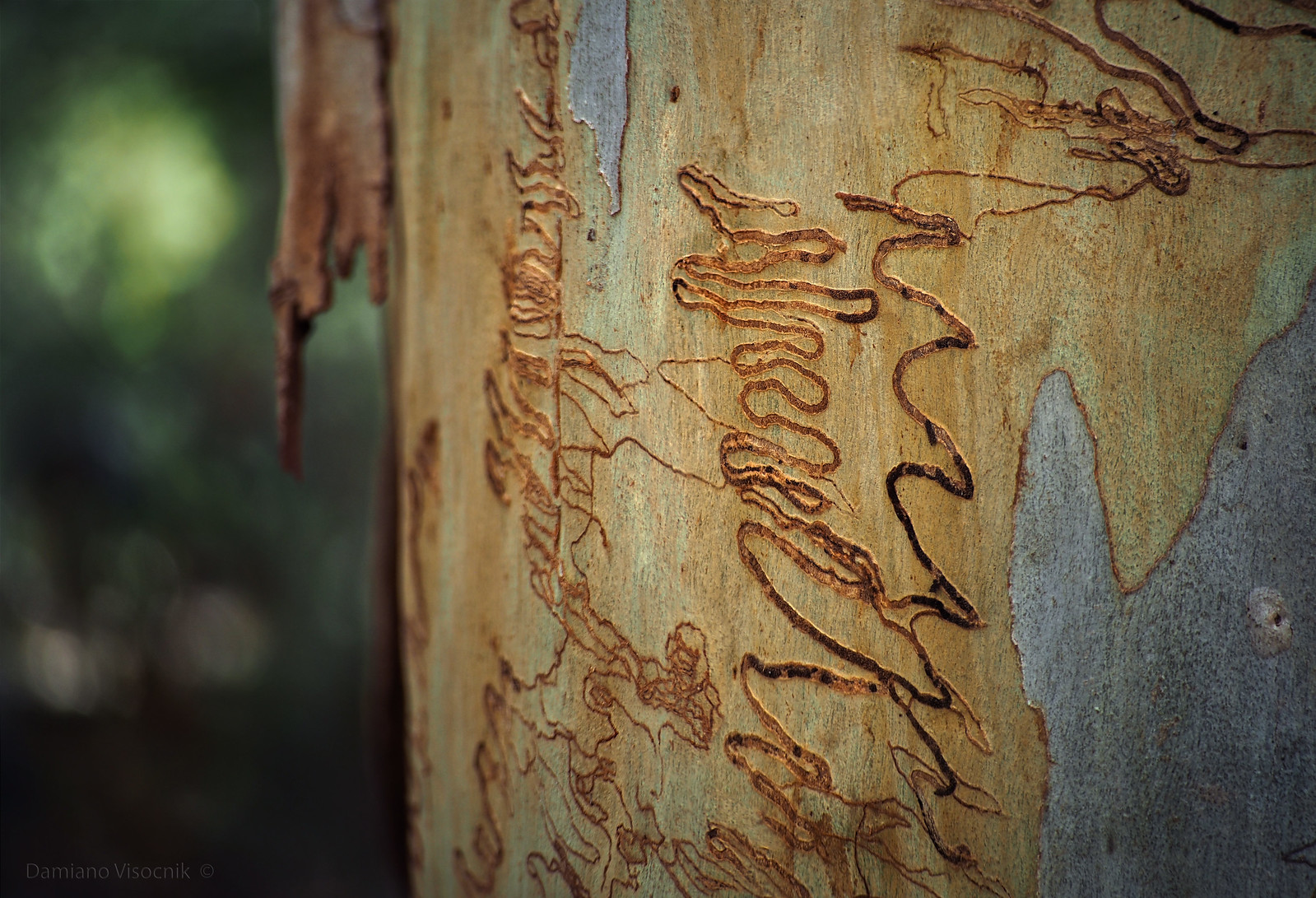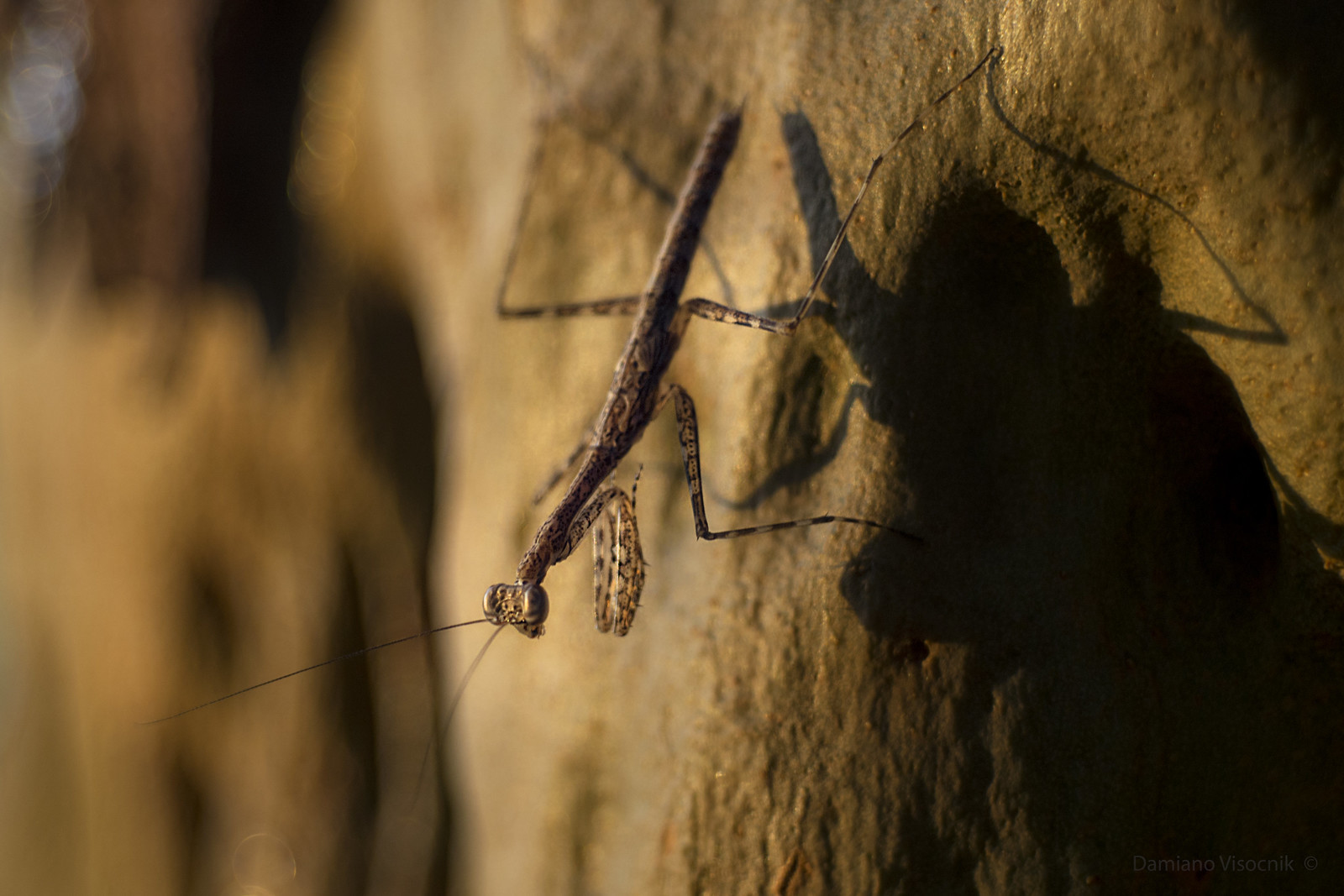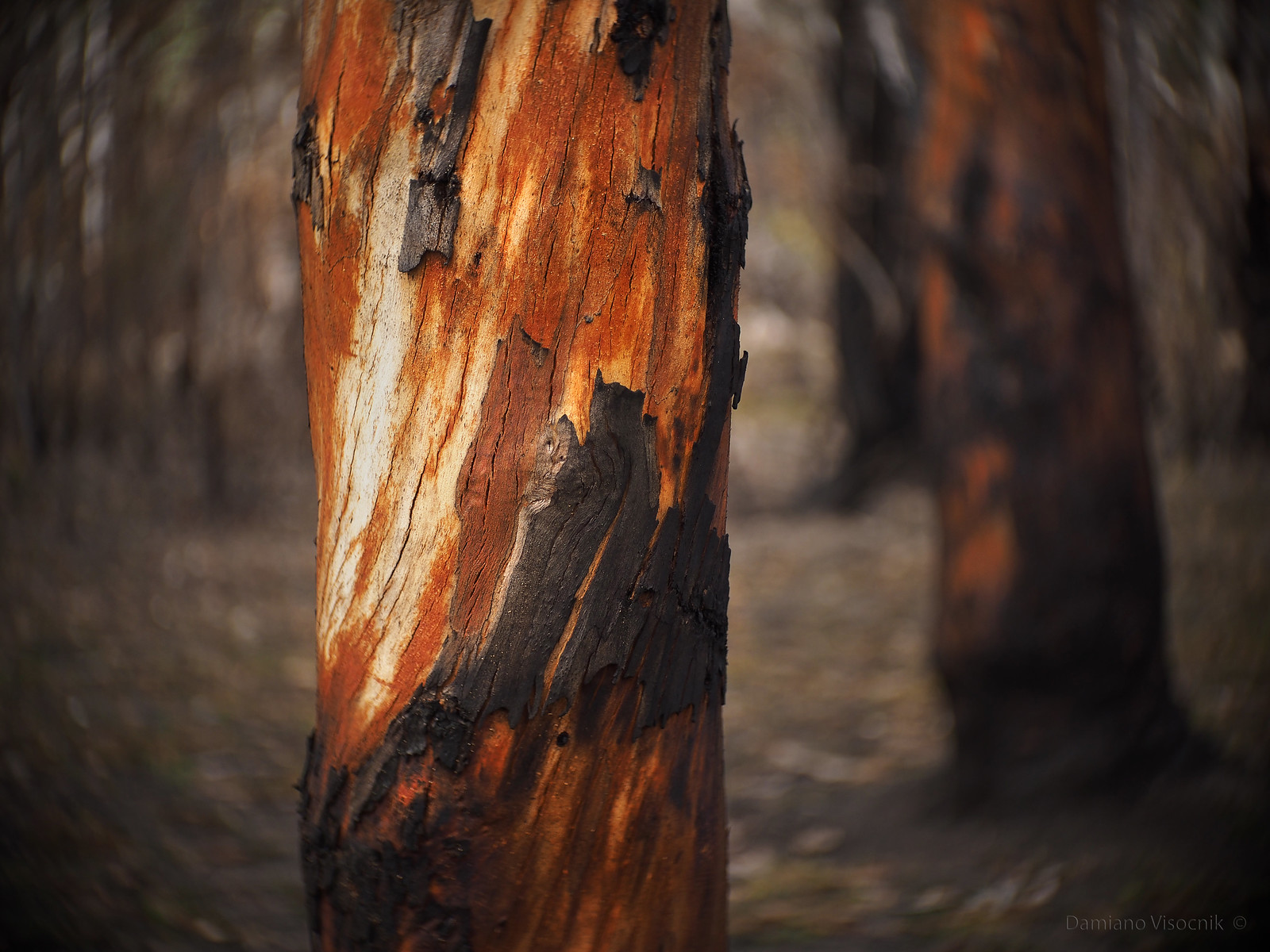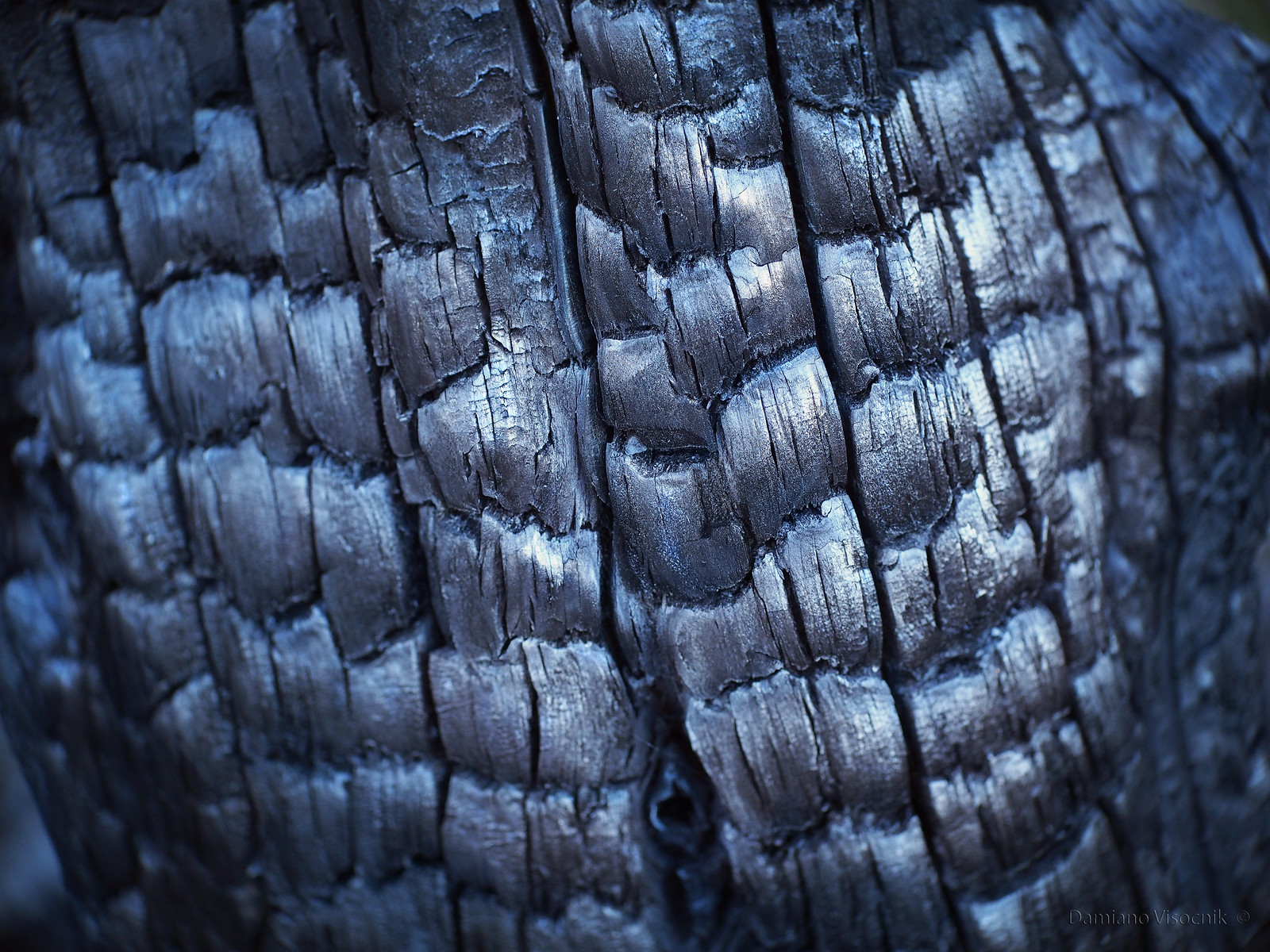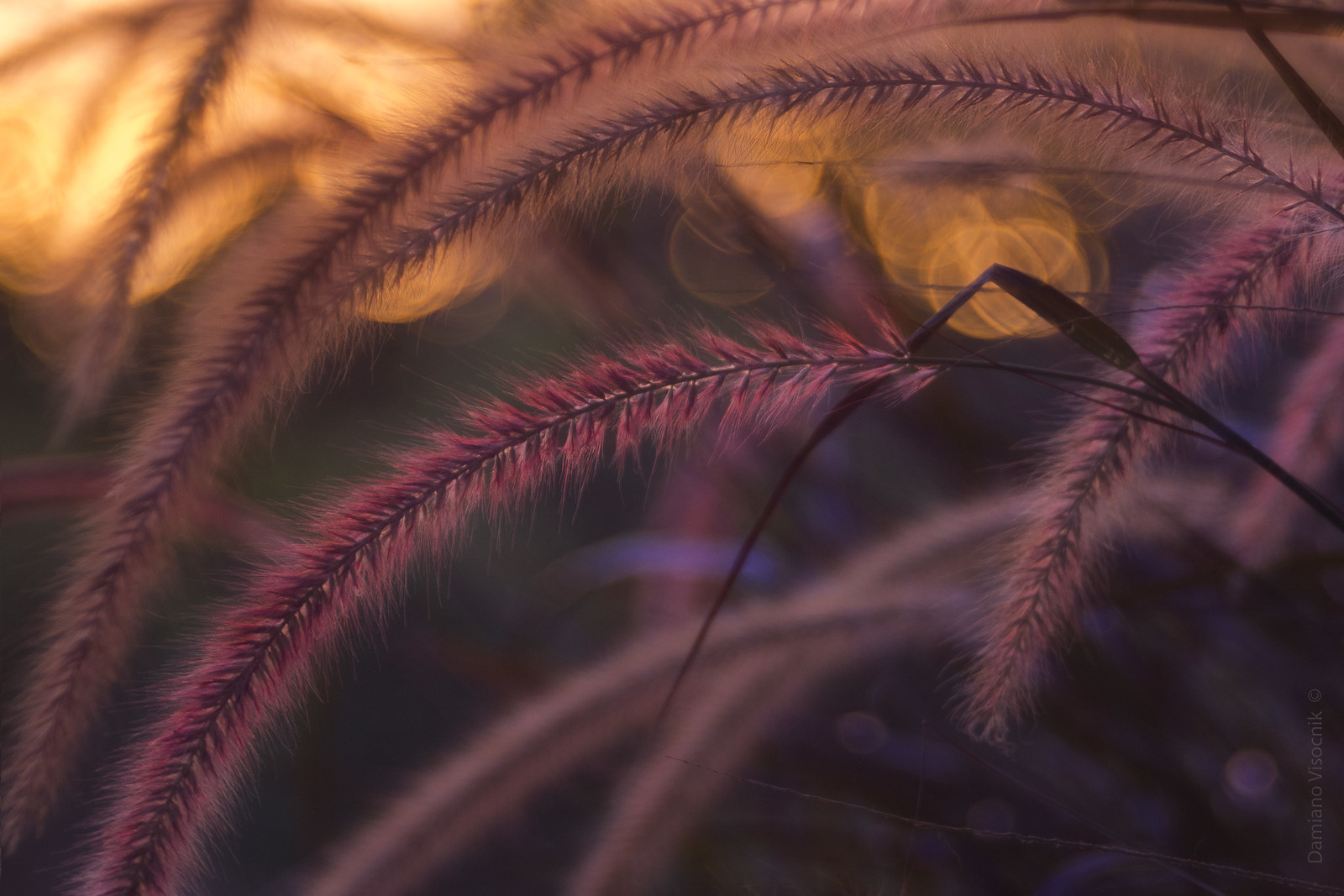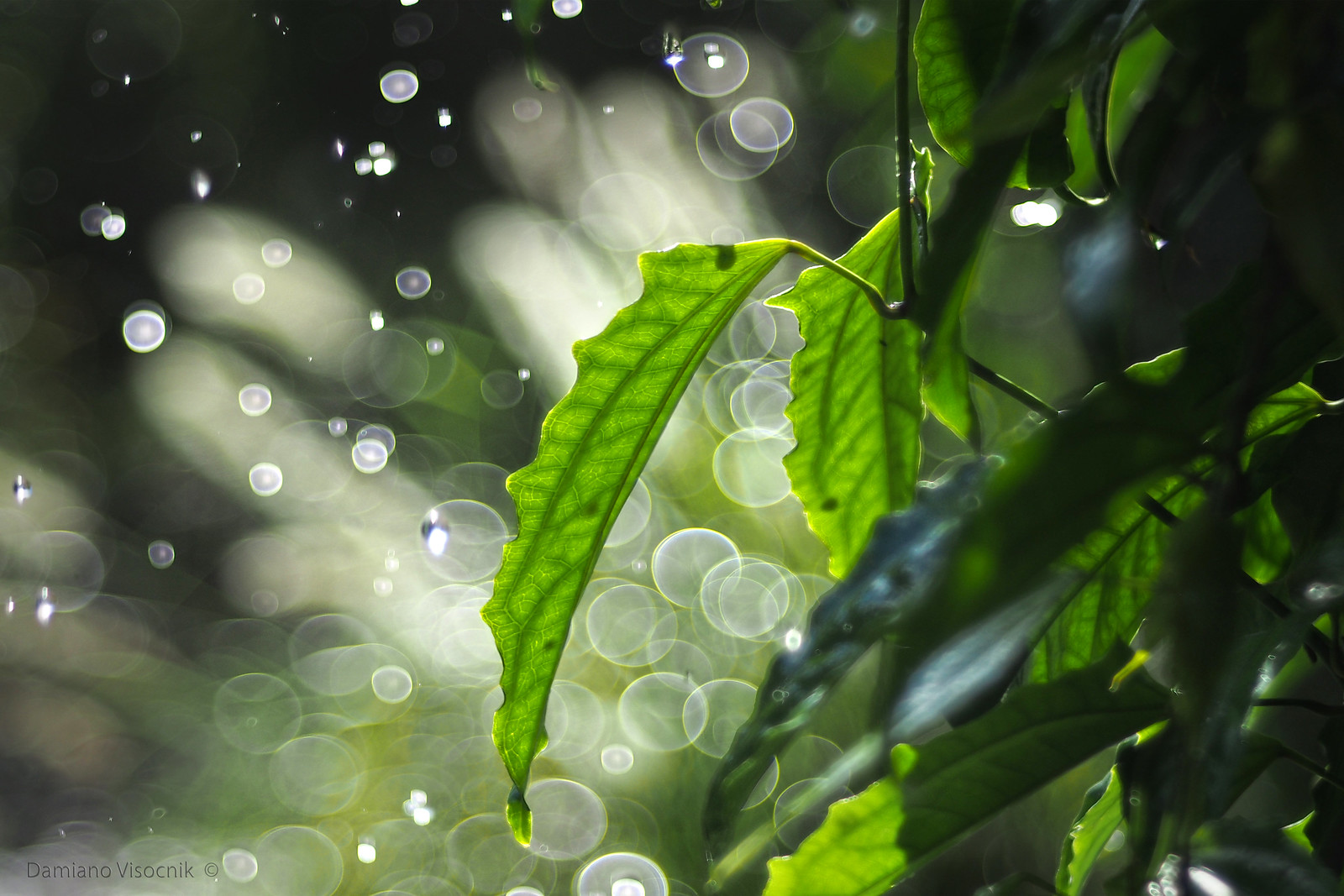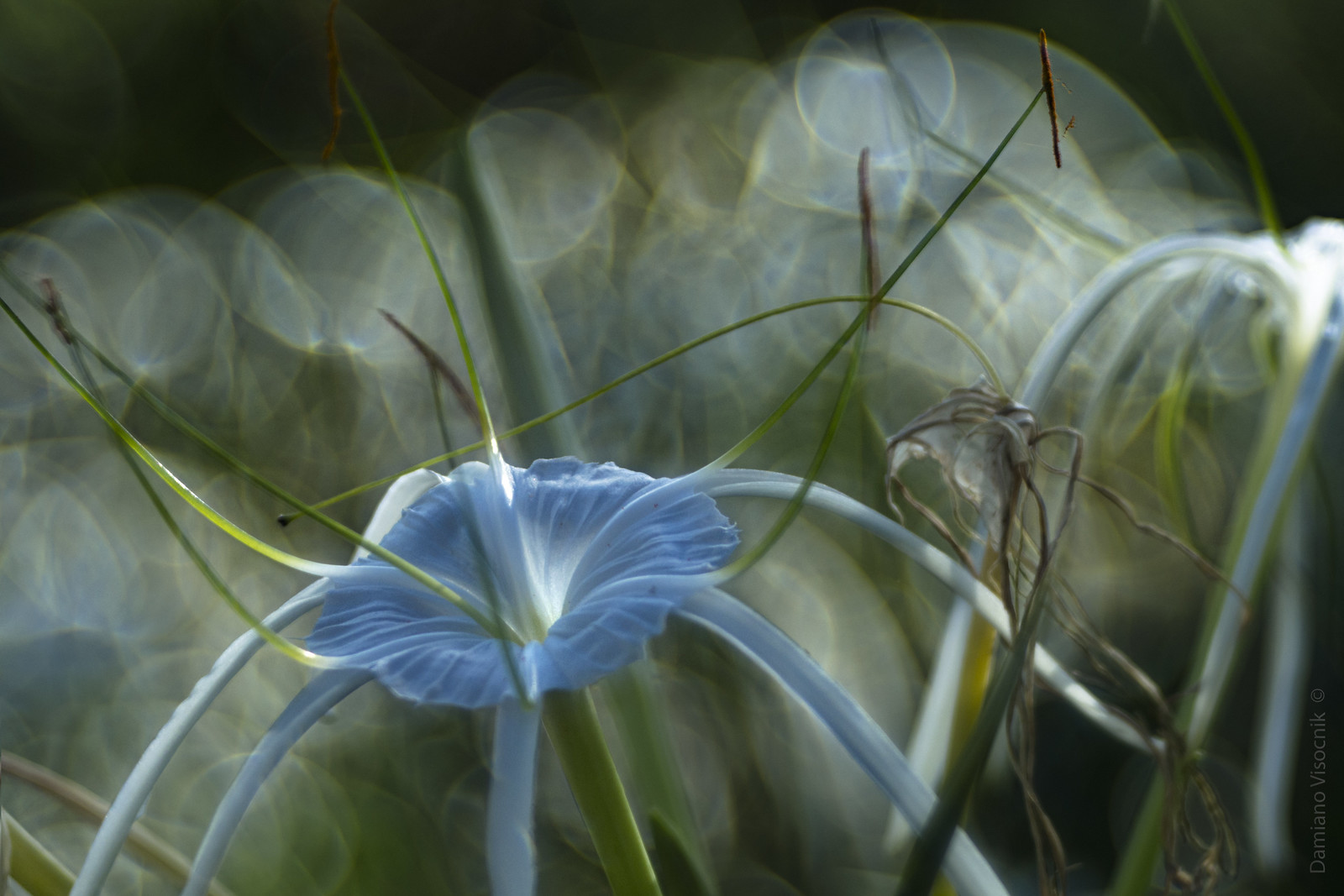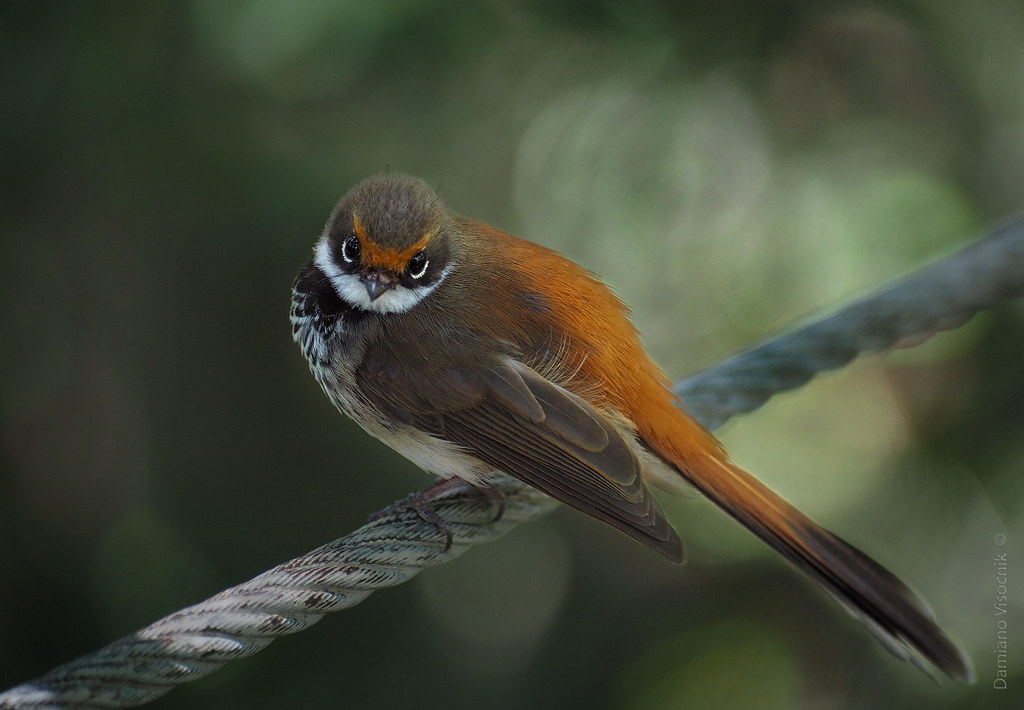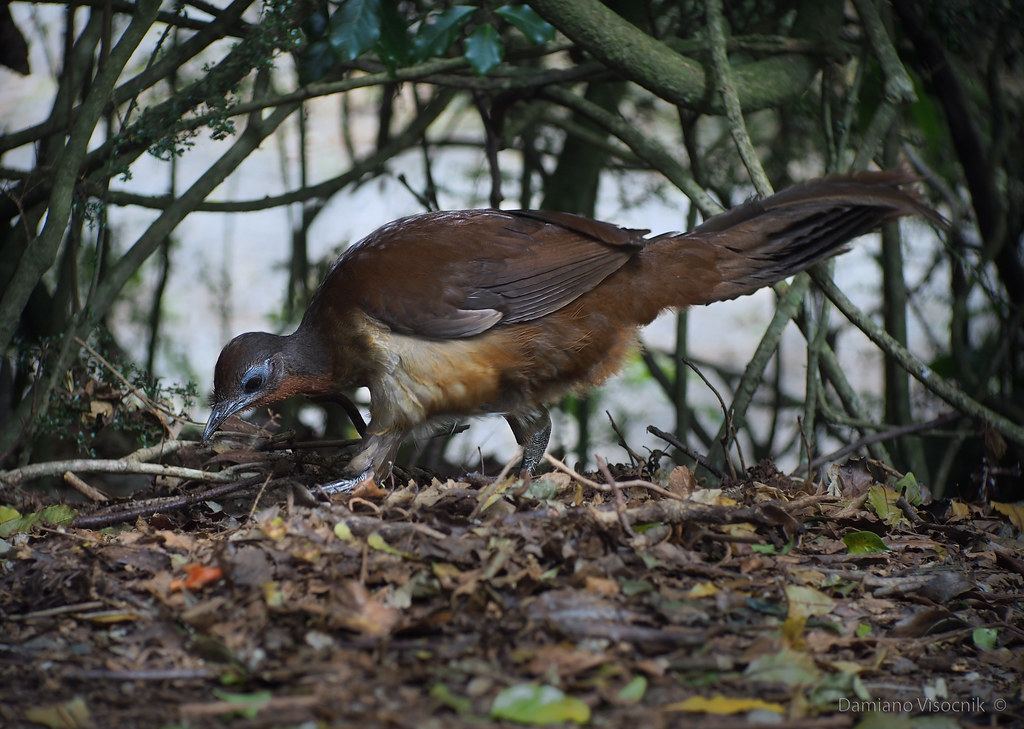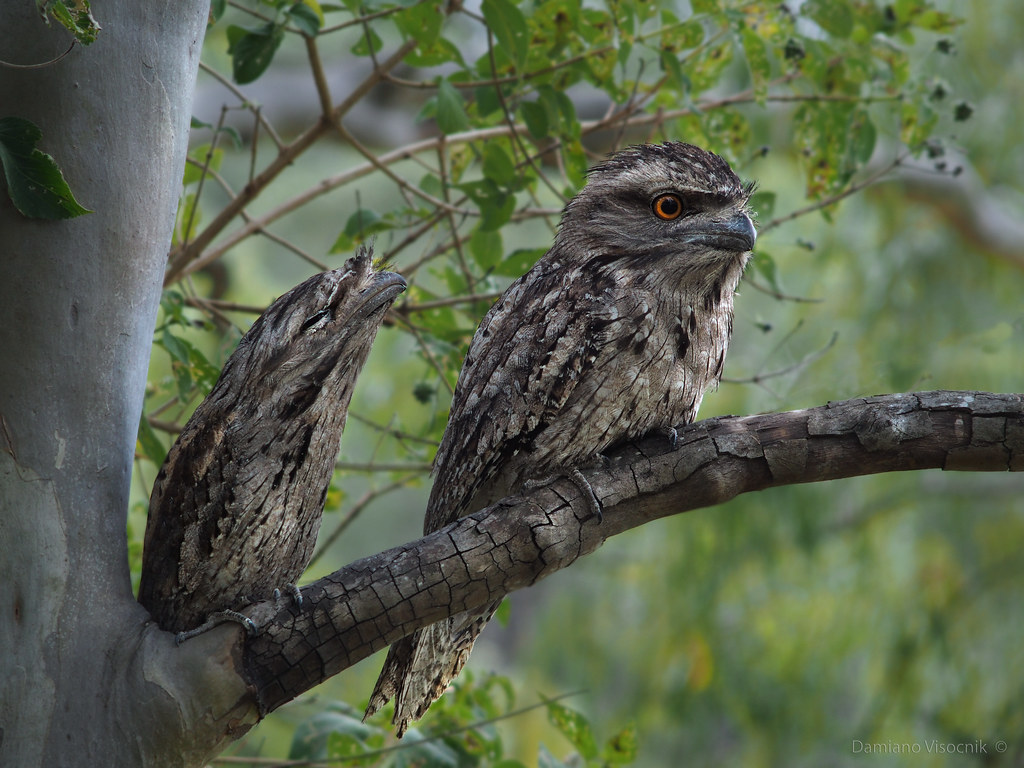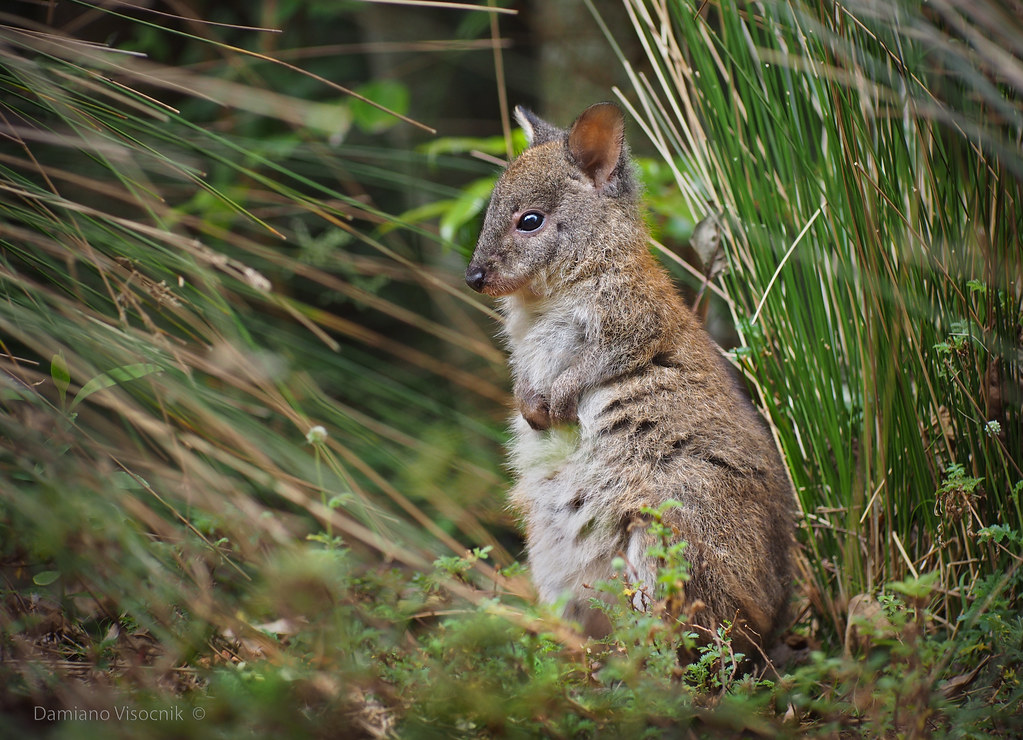I like to see wild animals unrestrained and I am very saddened by anything that is meant to be free kept in captivity. I can't stand images taken at the zoo, they bother me.
At my local botanical gardens among the many plants there are resident bush turkeys, magpies, ducks and other birds. They are of course free to go as they please, no cages, but they hang around and are much less timid than in other outside areas, knowing that they won't be harmed by humans.
There is also a healthy population of water dragons and in the early hours, before too many visitors come, they often are found warming up in sunny spots.
If approached slowly they can be observed at relative close distance.
I have on occasions photographed them and each time I had a different vintage lens on the camera.
The same subject (not the very same dragon) looks a bit different with each lens and the background blur is more or less pronounced with a different character. While each lens has its quirks and strengths some are easier to use on moving subjects and some are more suited for contrasty scenes than others.
The easiest to use is this series is the C-mount Navitar 75mm f1.3. Extremely sharp lens with a relative fast aperture it forms an interesting bokeh. It is the closest in resolution to my best Olympus lenses but with a different character, and of course it's manual, focus and aperture.
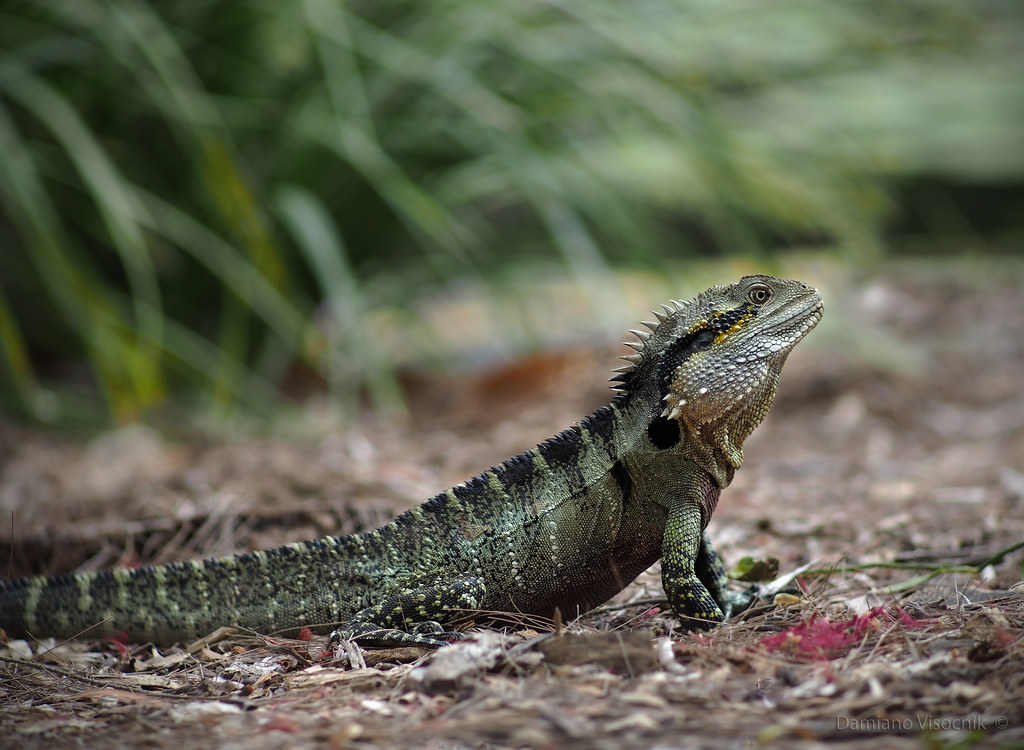 D.O. Industries Navitar 75mm f1.3 1/1250sec
D.O. Industries Navitar 75mm f1.3 1/1250sec
The longer reach of the super-diminutive Rotar (made by Fujita) 135mm f4.5 is harder to get focus since it shows less contrast, while exhibiting a more bubbly bokeh.
 Rotar (Fujita) 135mm f4.5 1/250sec
Rotar (Fujita) 135mm f4.5 1/250sec
The hardest to use it the refitted Russian projection lens that can be only used at a super wide aperture of f1.2. Any slight mis-focus and the image is not usable. The strongest trait of that lens is that it can isolate the main subject from a busy/disturbing background while giving a more structured bokeh
 refitted Russian projection lens KP-16 50mm f1.2 1/1600sec
refitted Russian projection lens KP-16 50mm f1.2 1/1600sec
Which lens is the best?
All of them, depending on what I want to create and what my subject is.
If I had to keep only one? ...well, I would not want to part with the Navitar :-)
.







